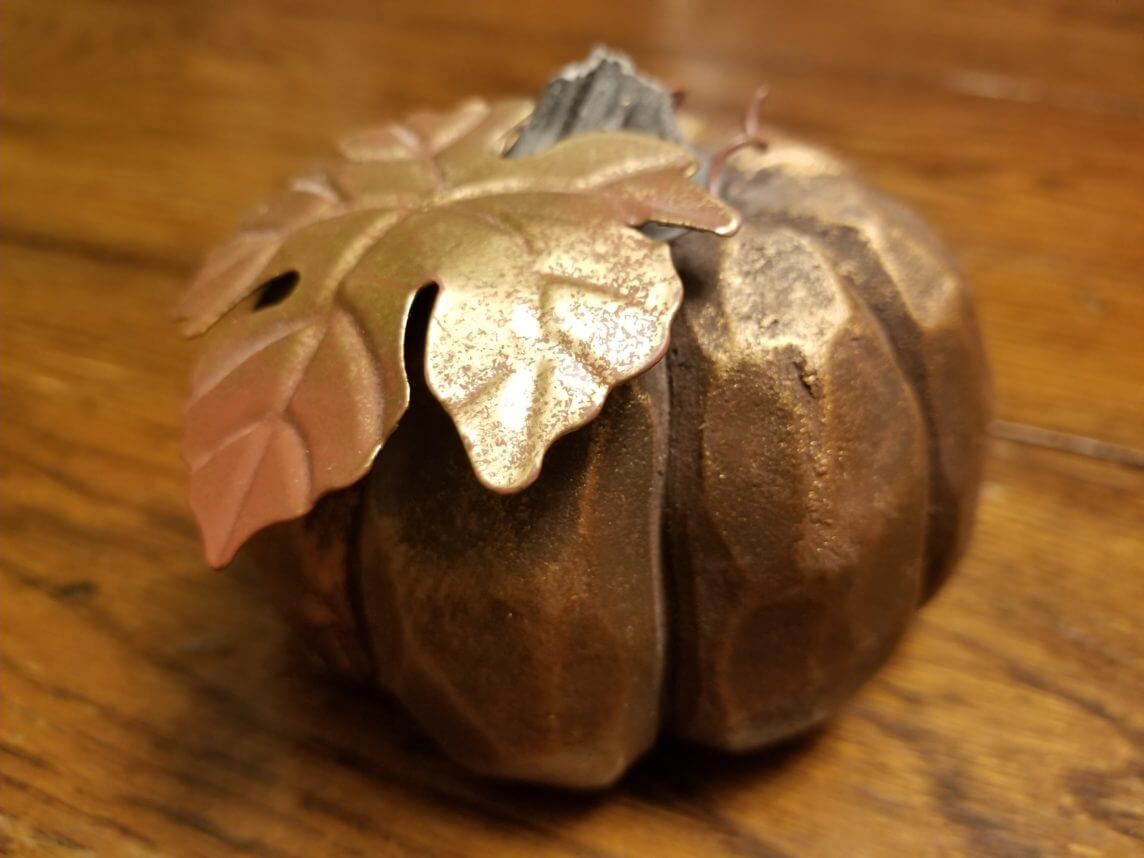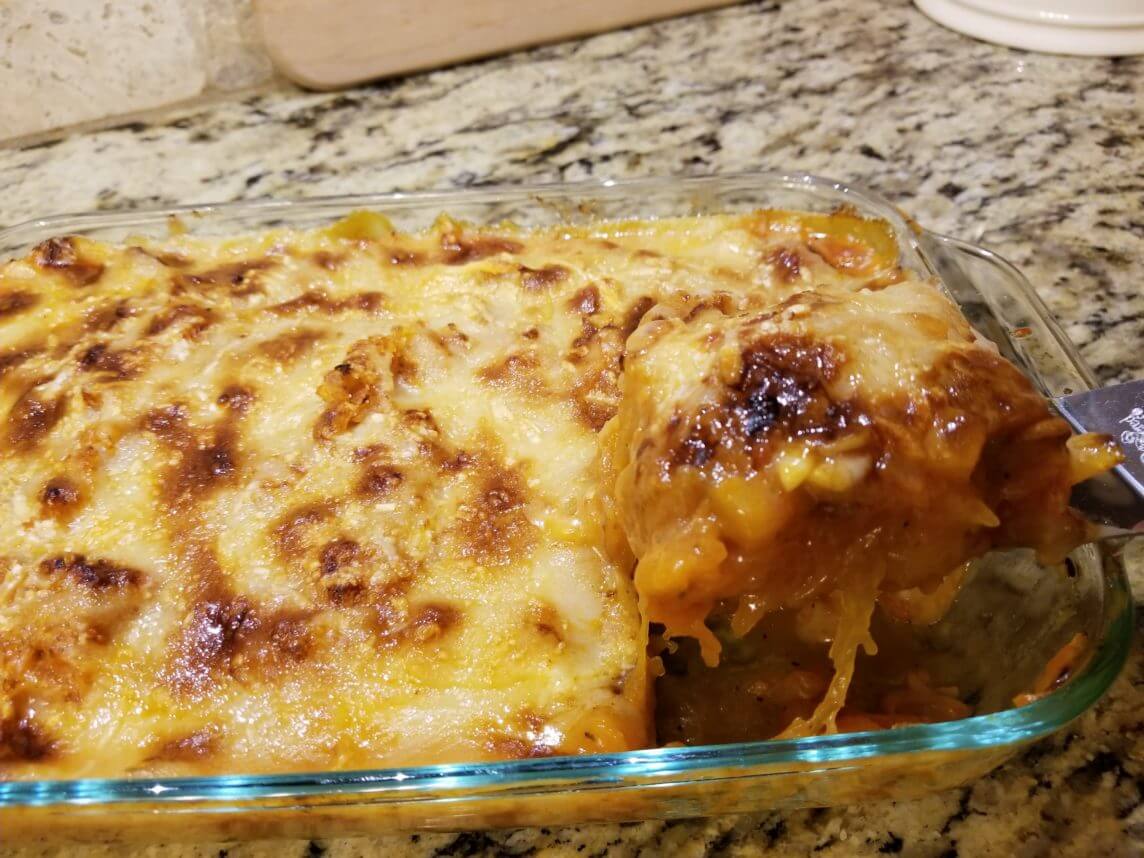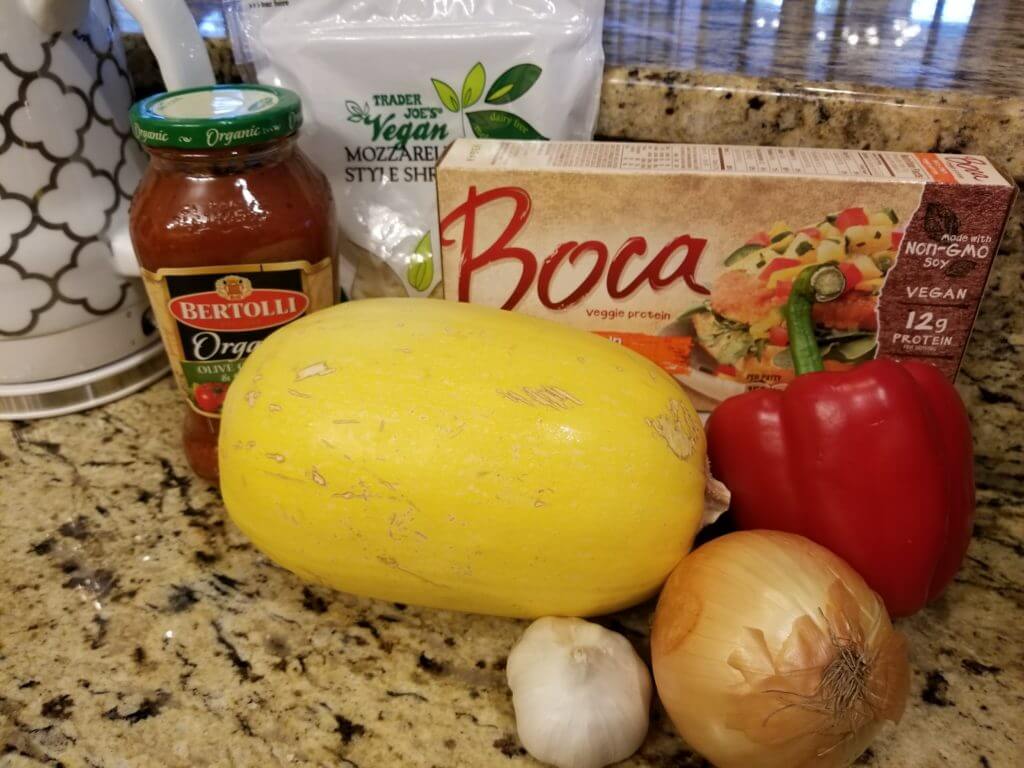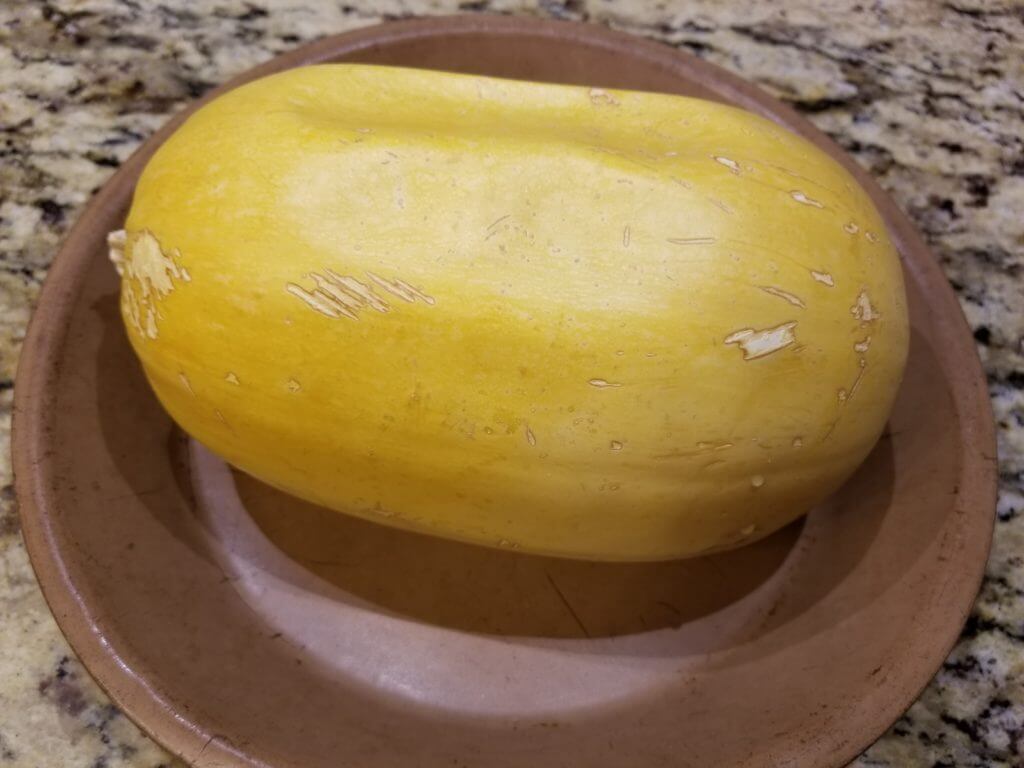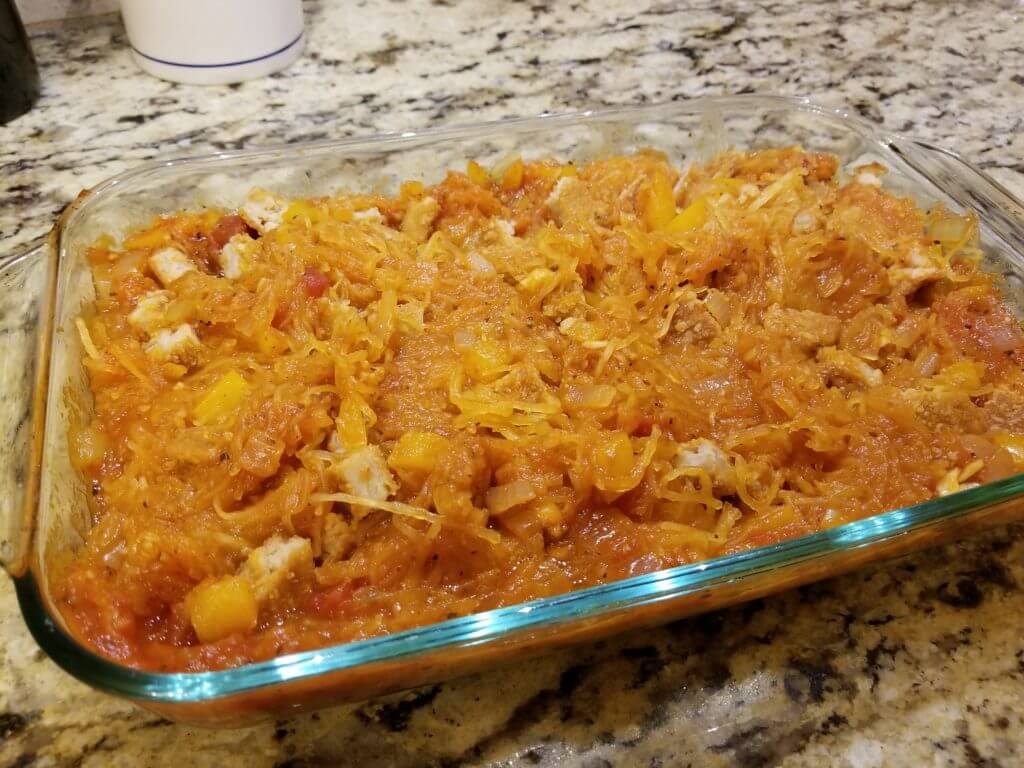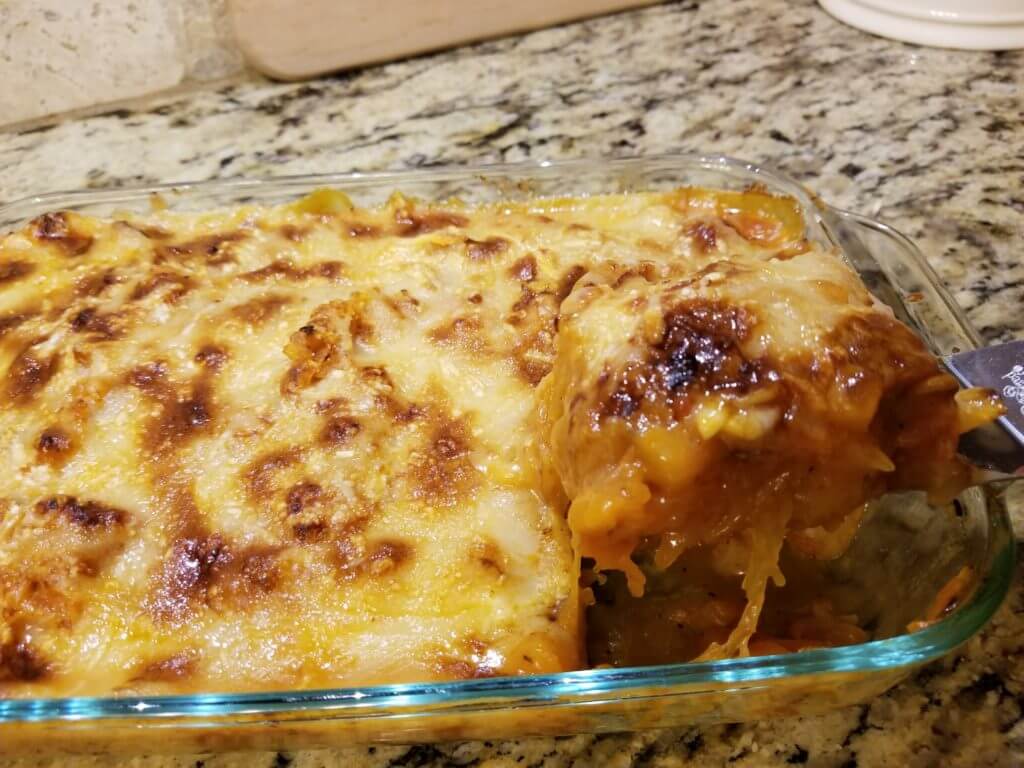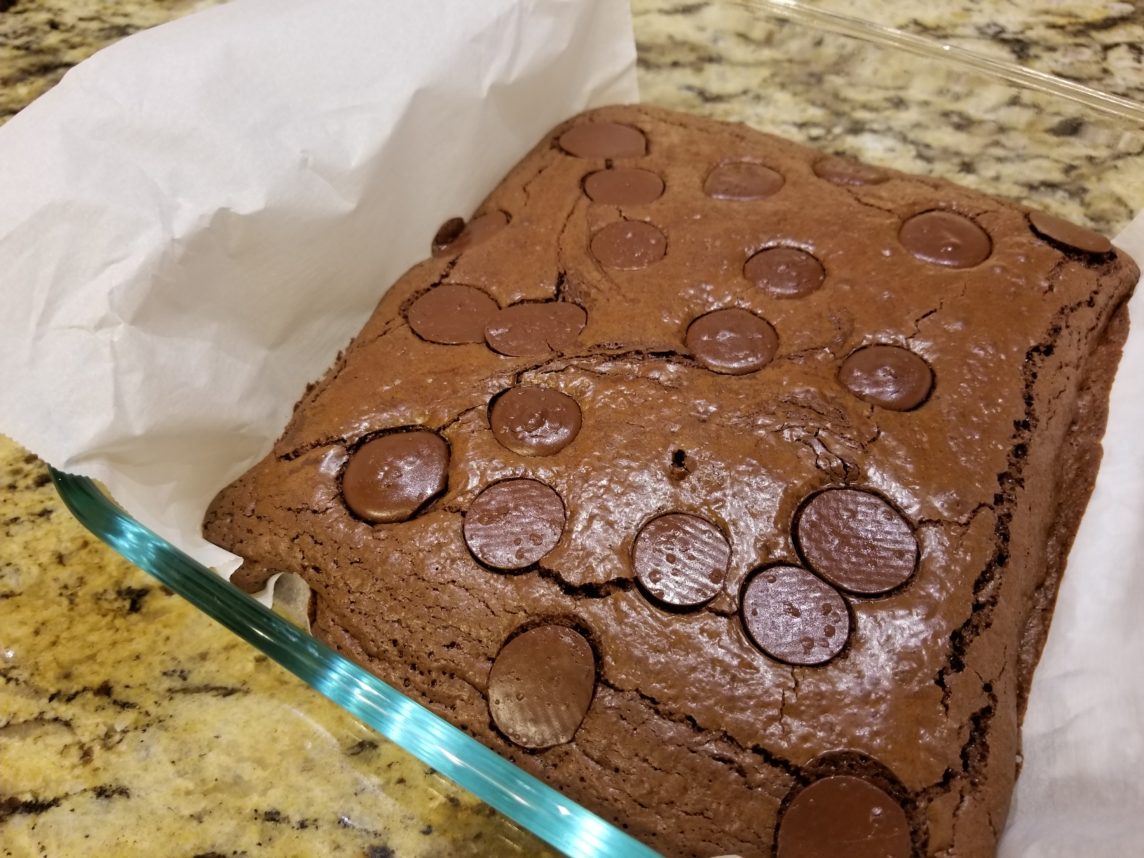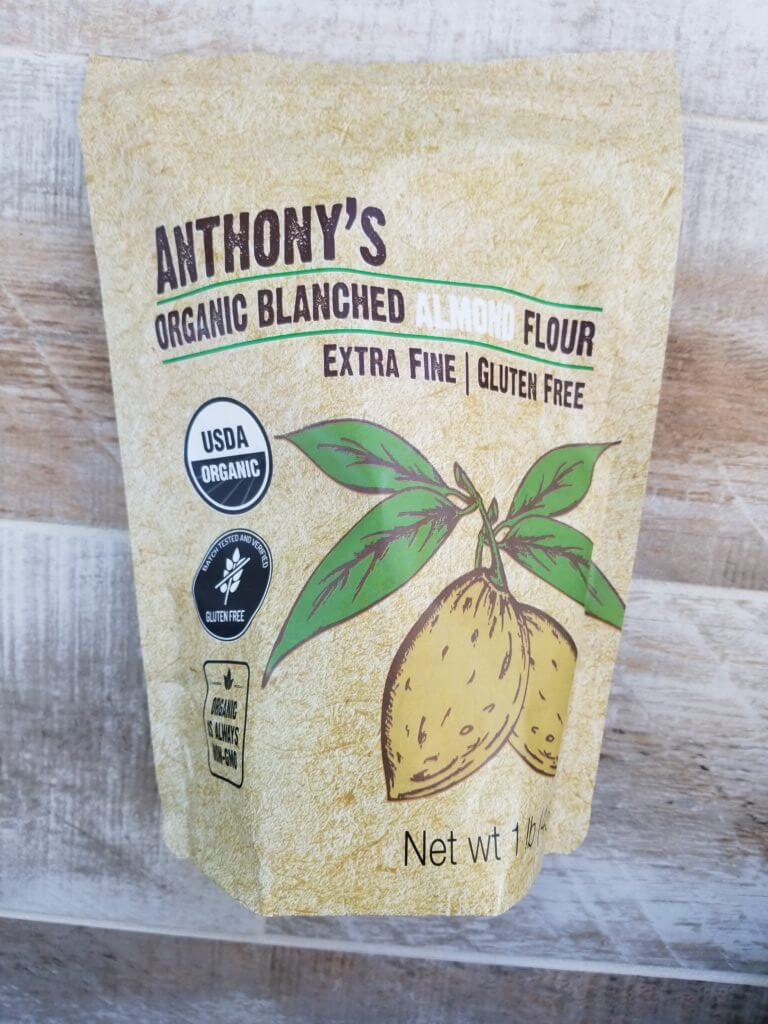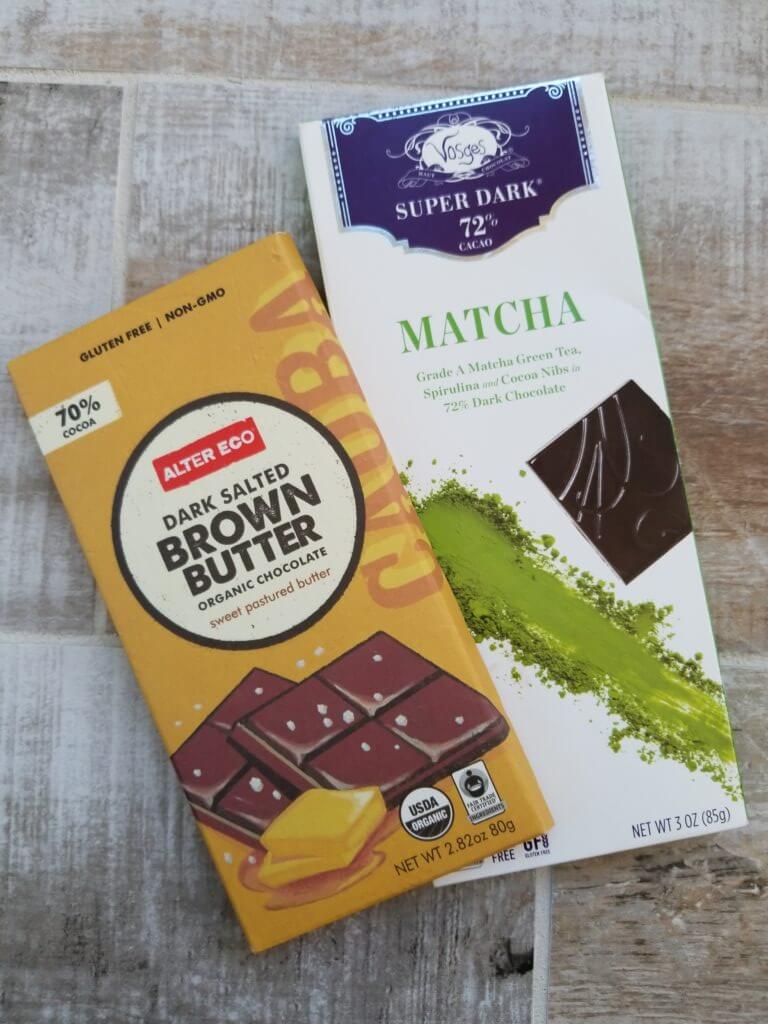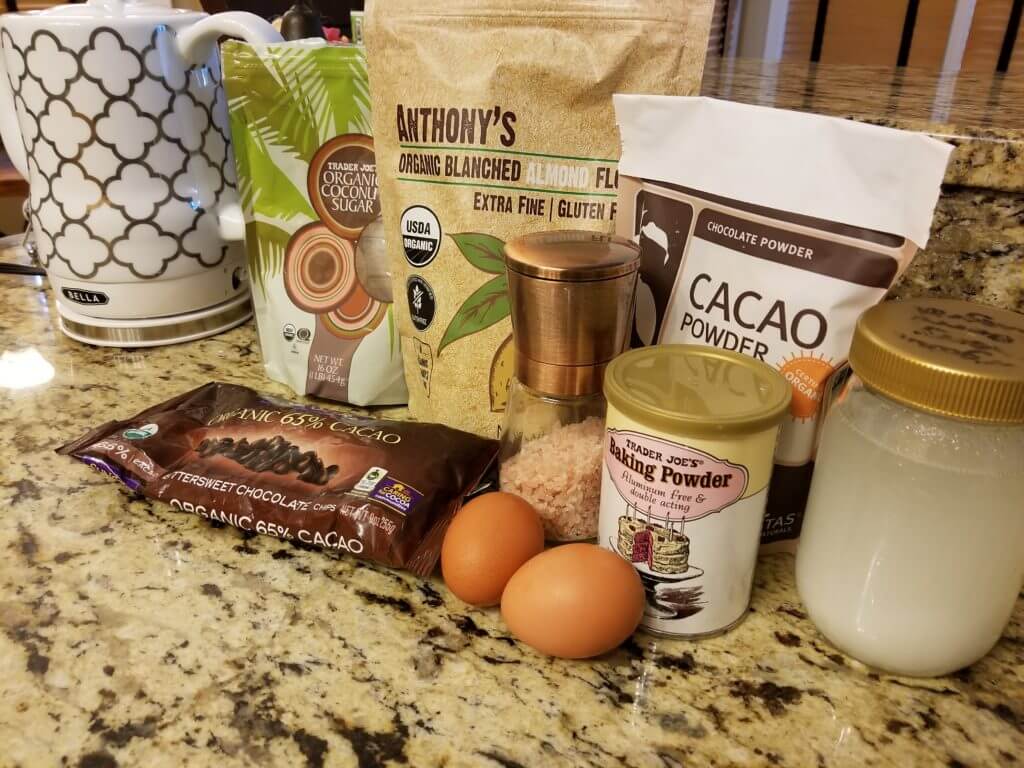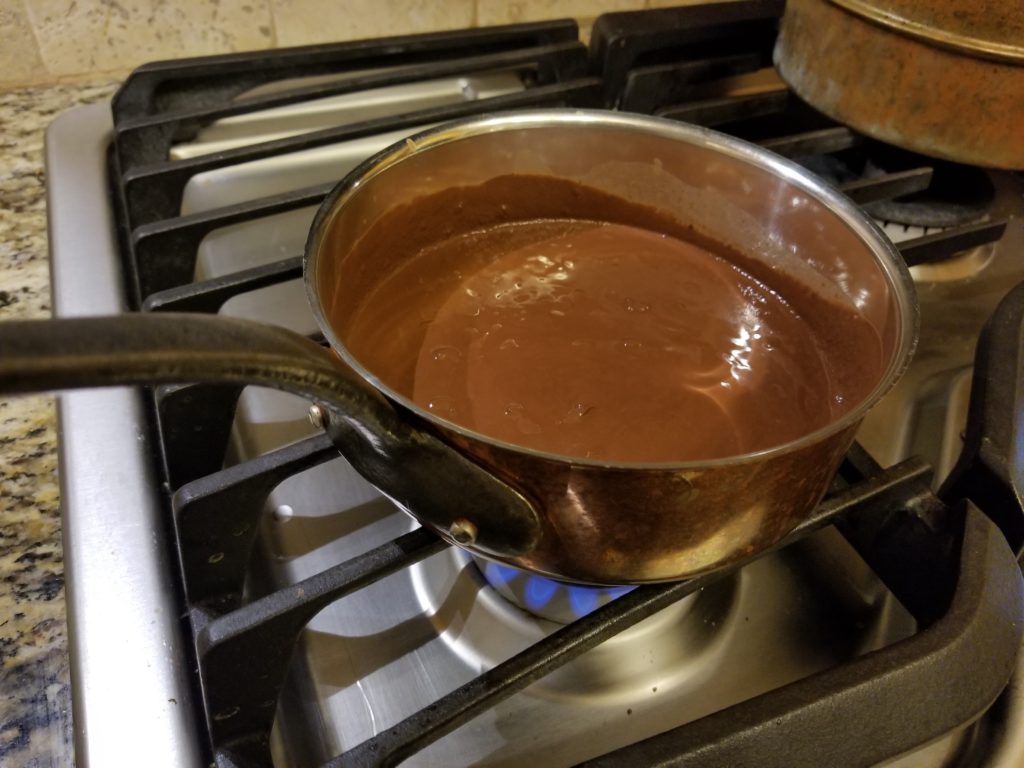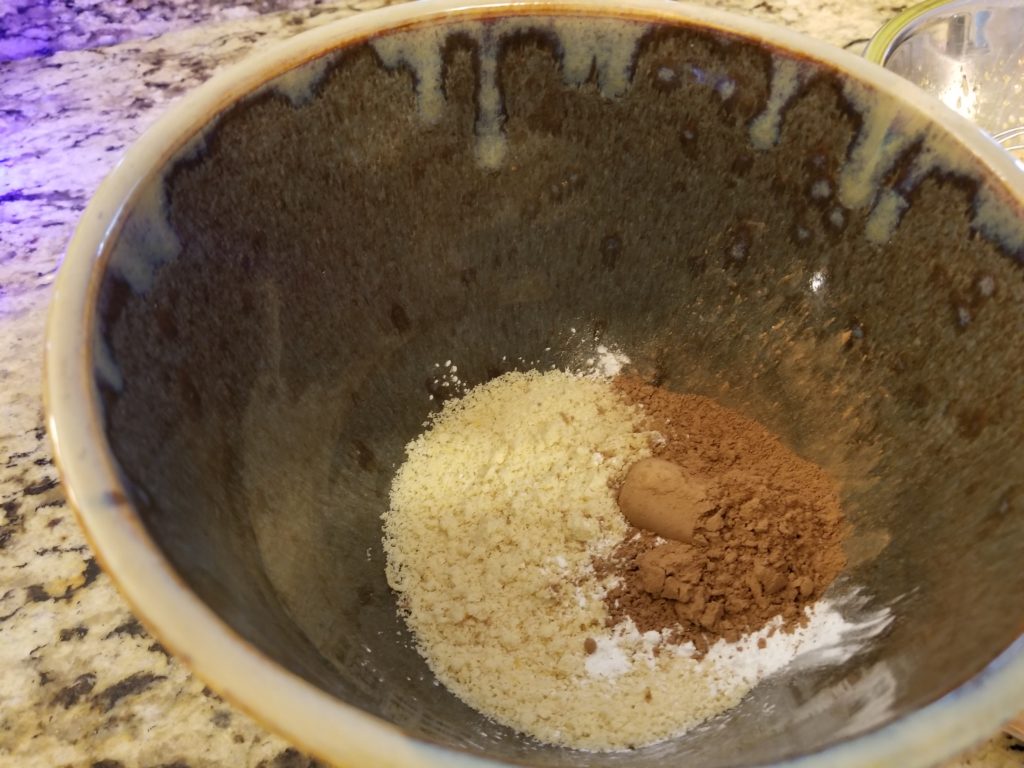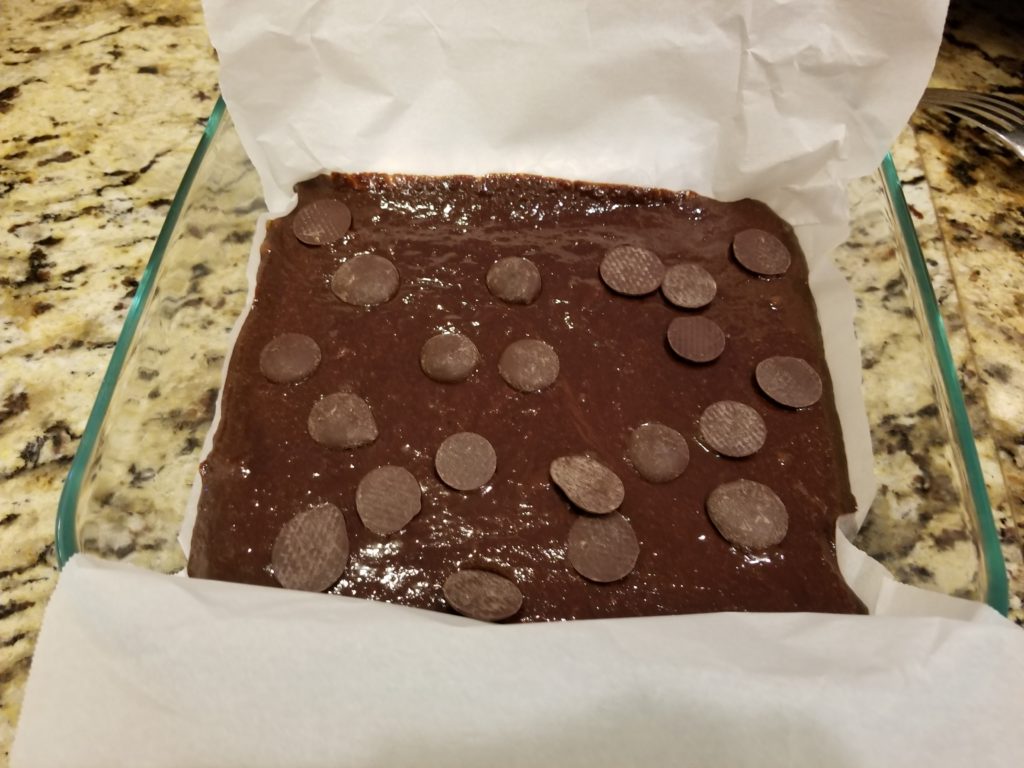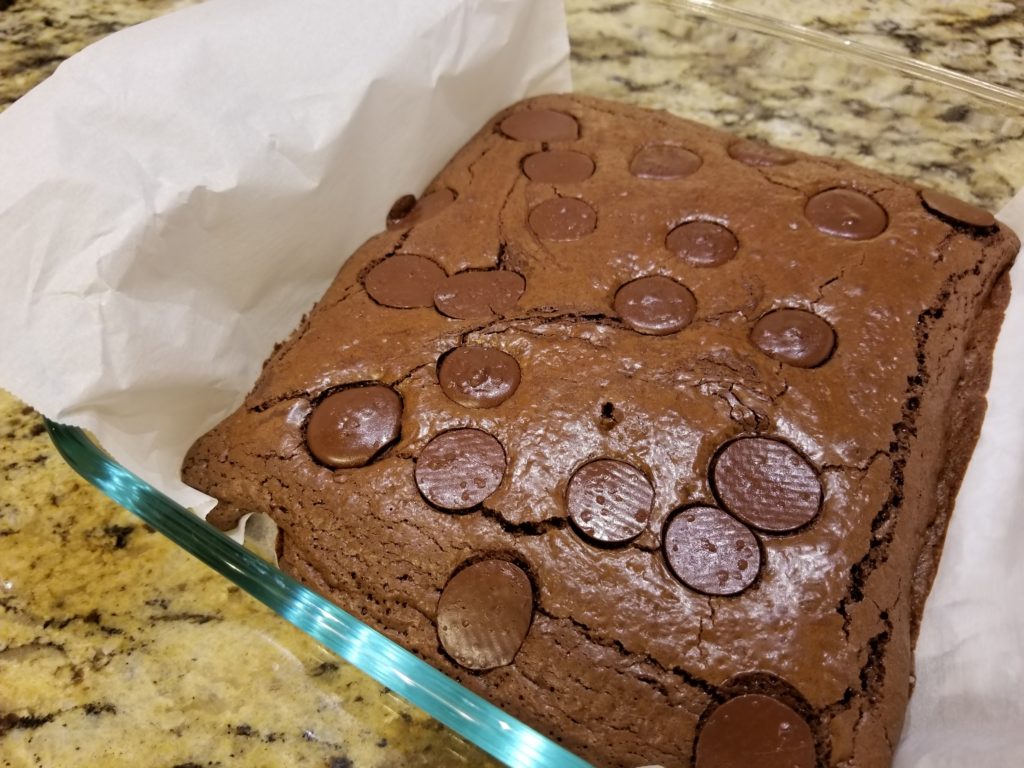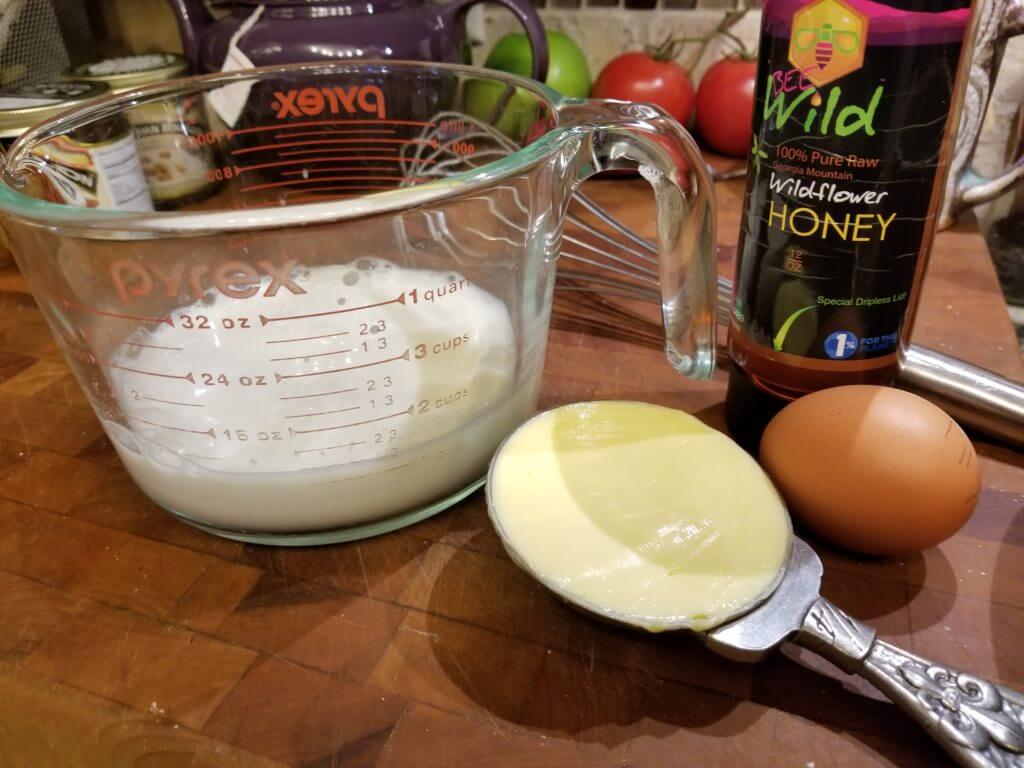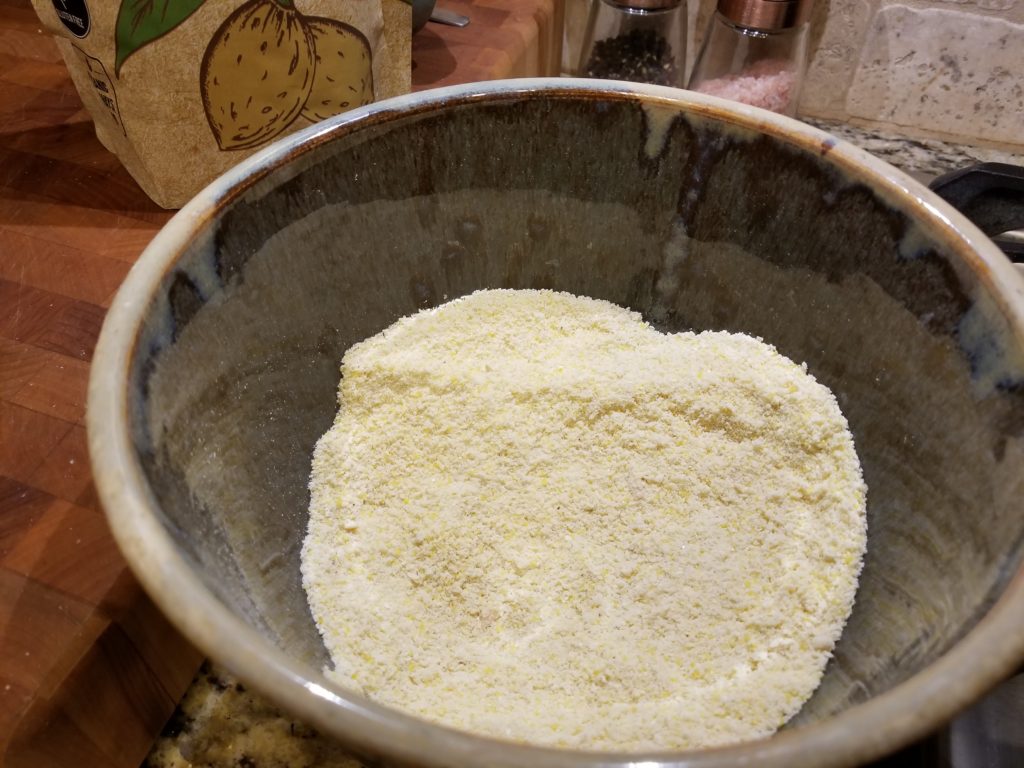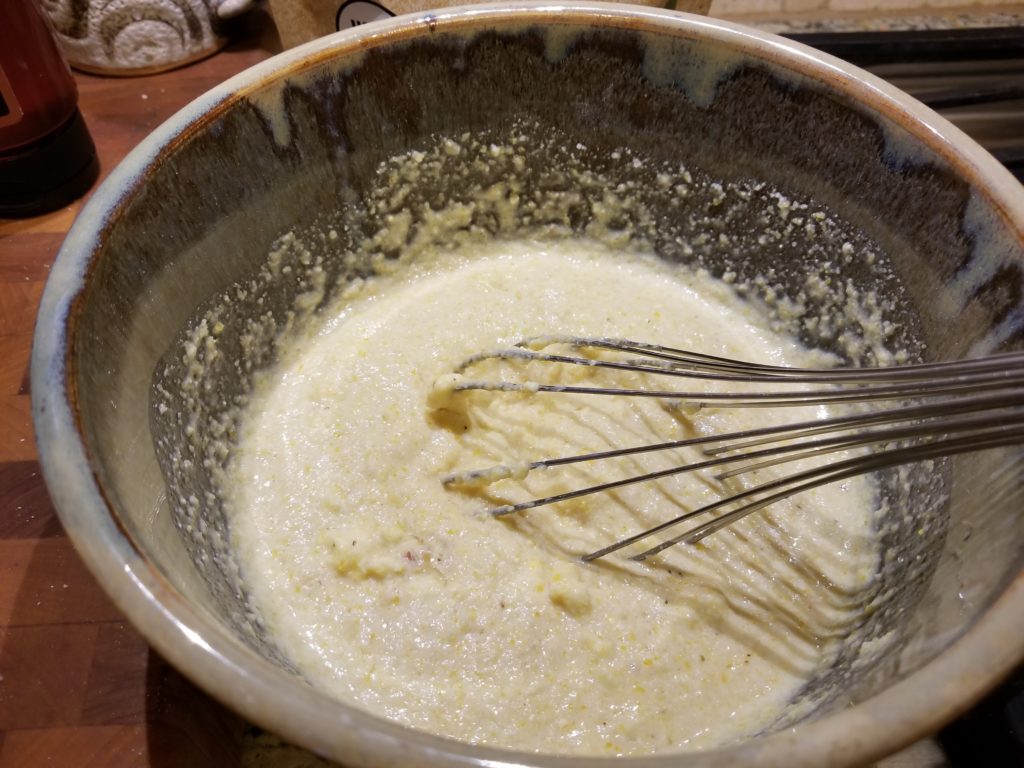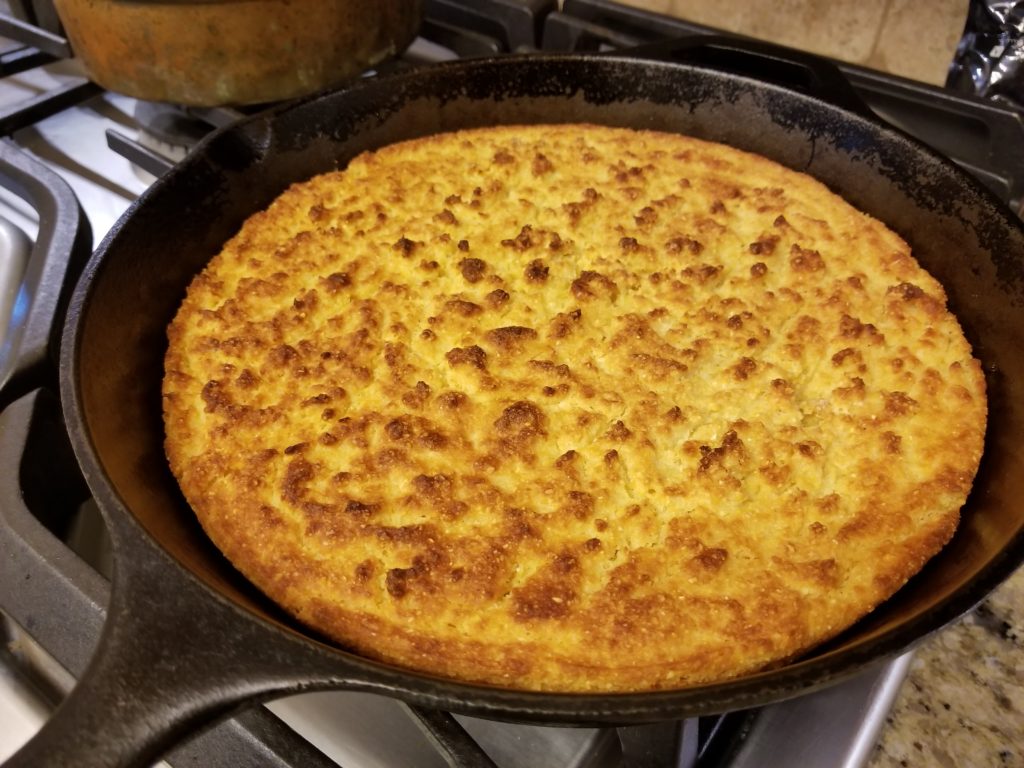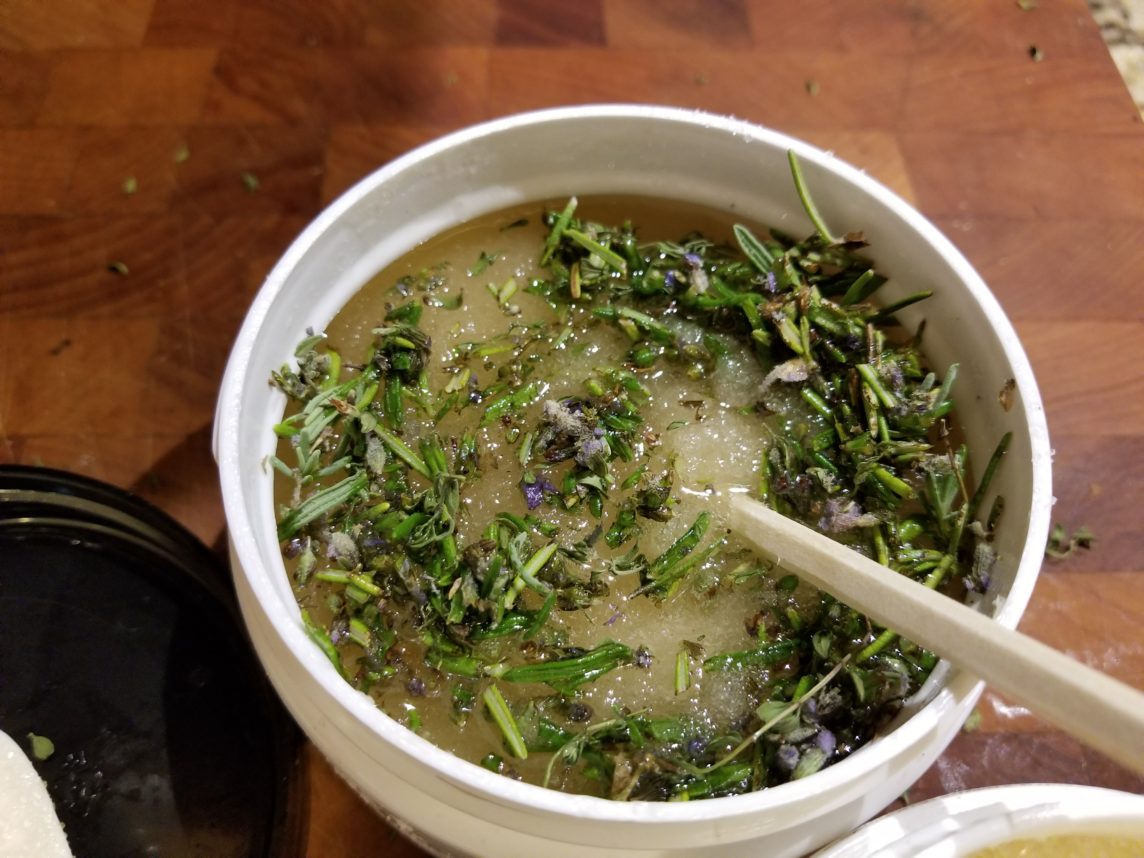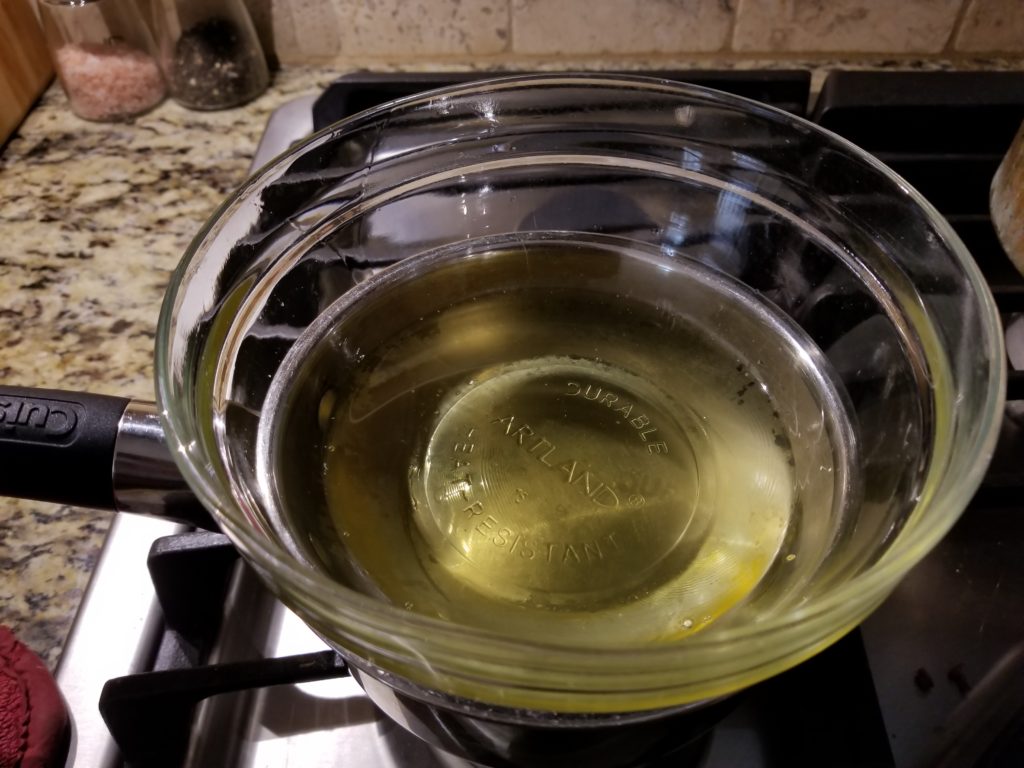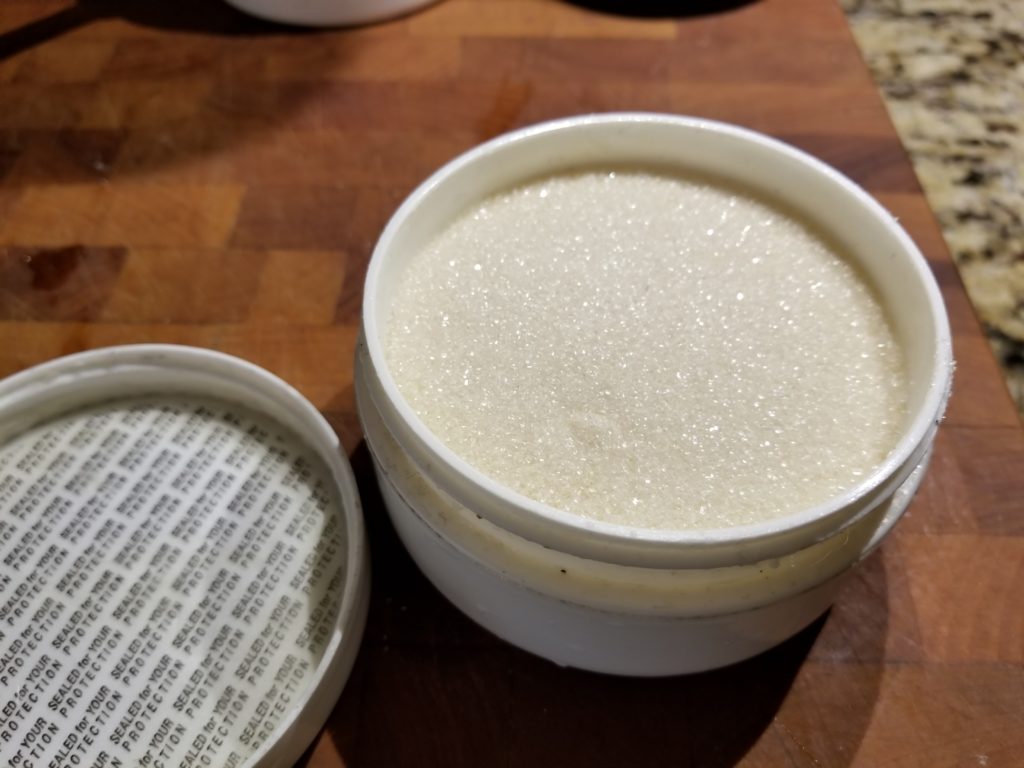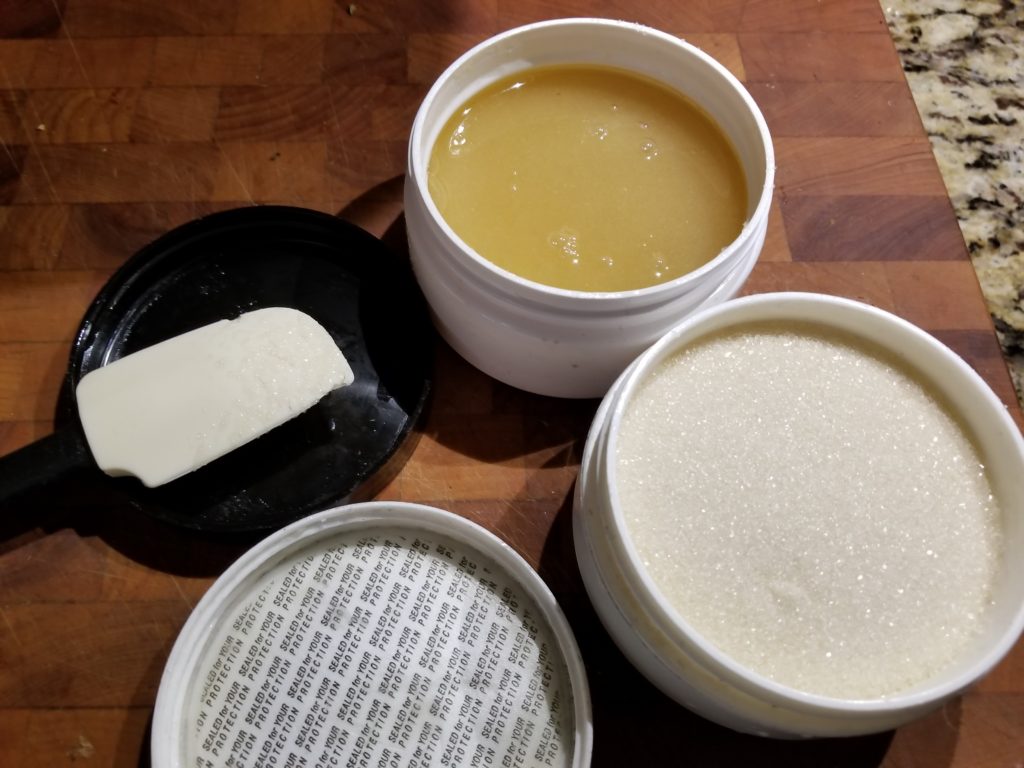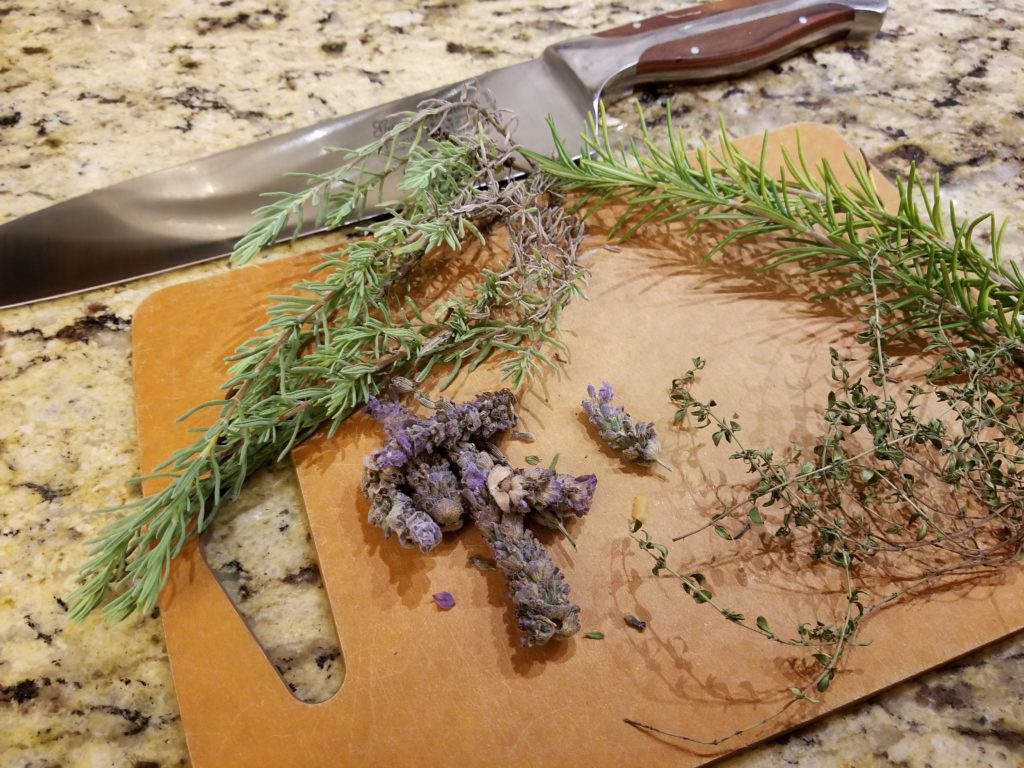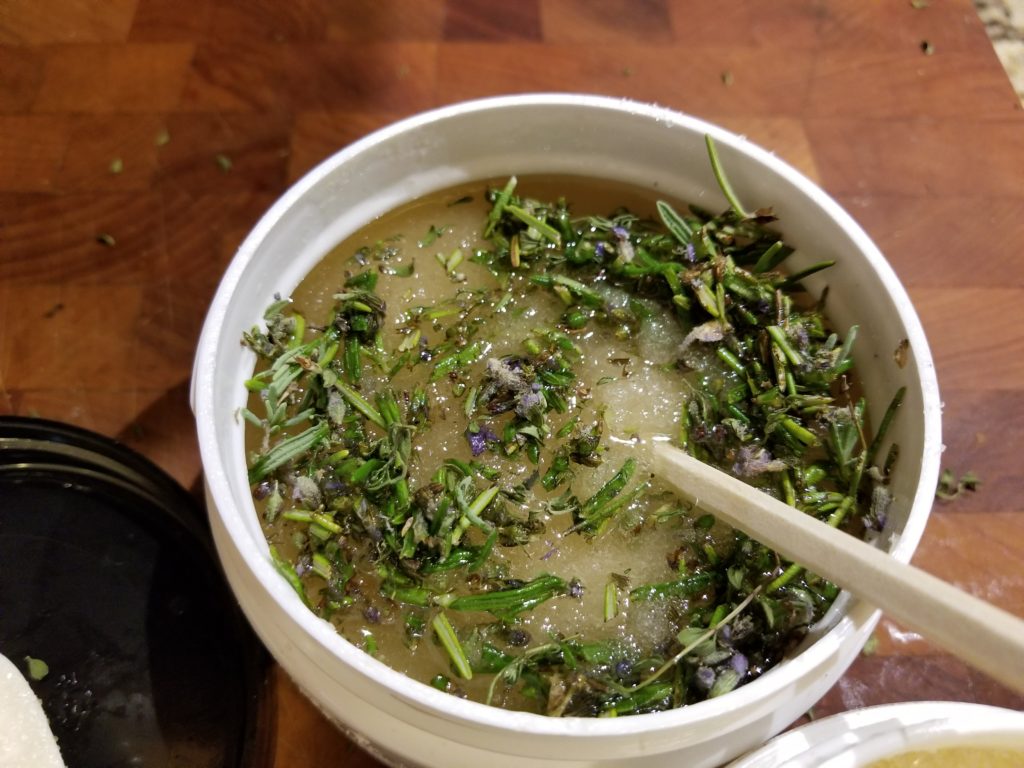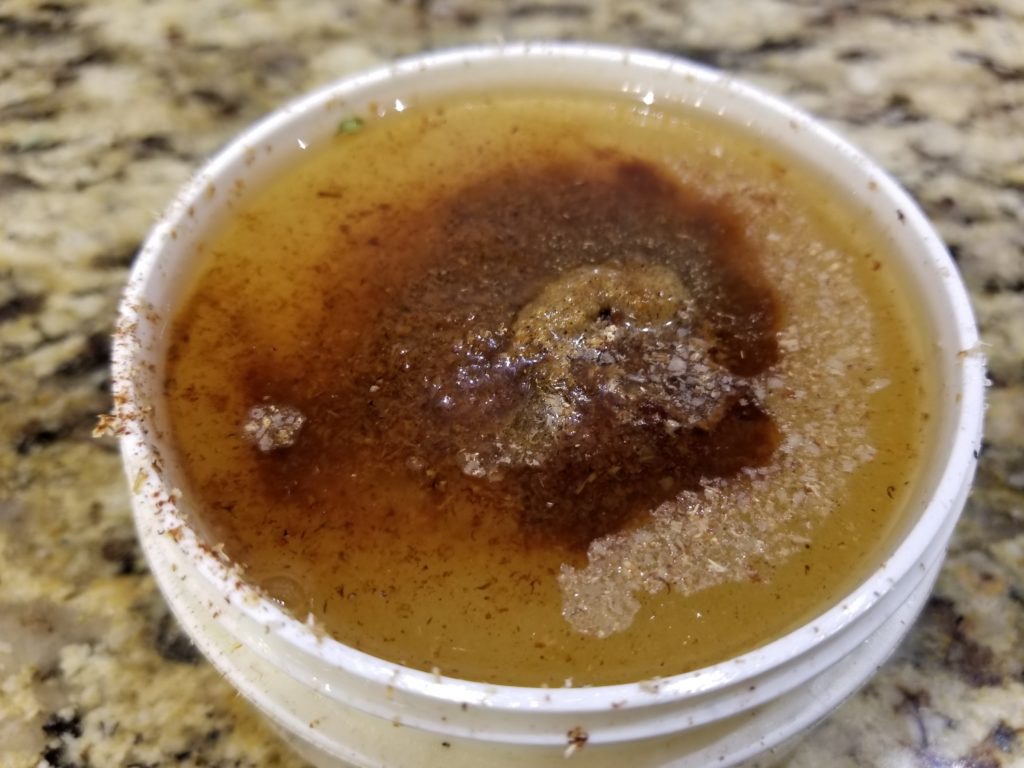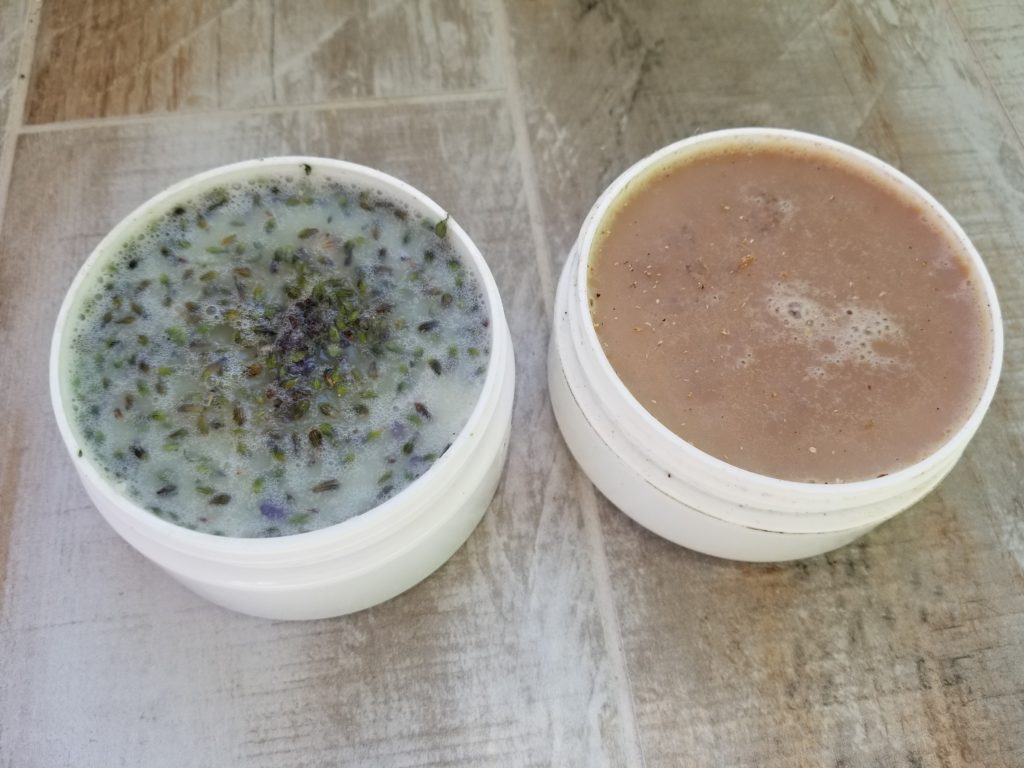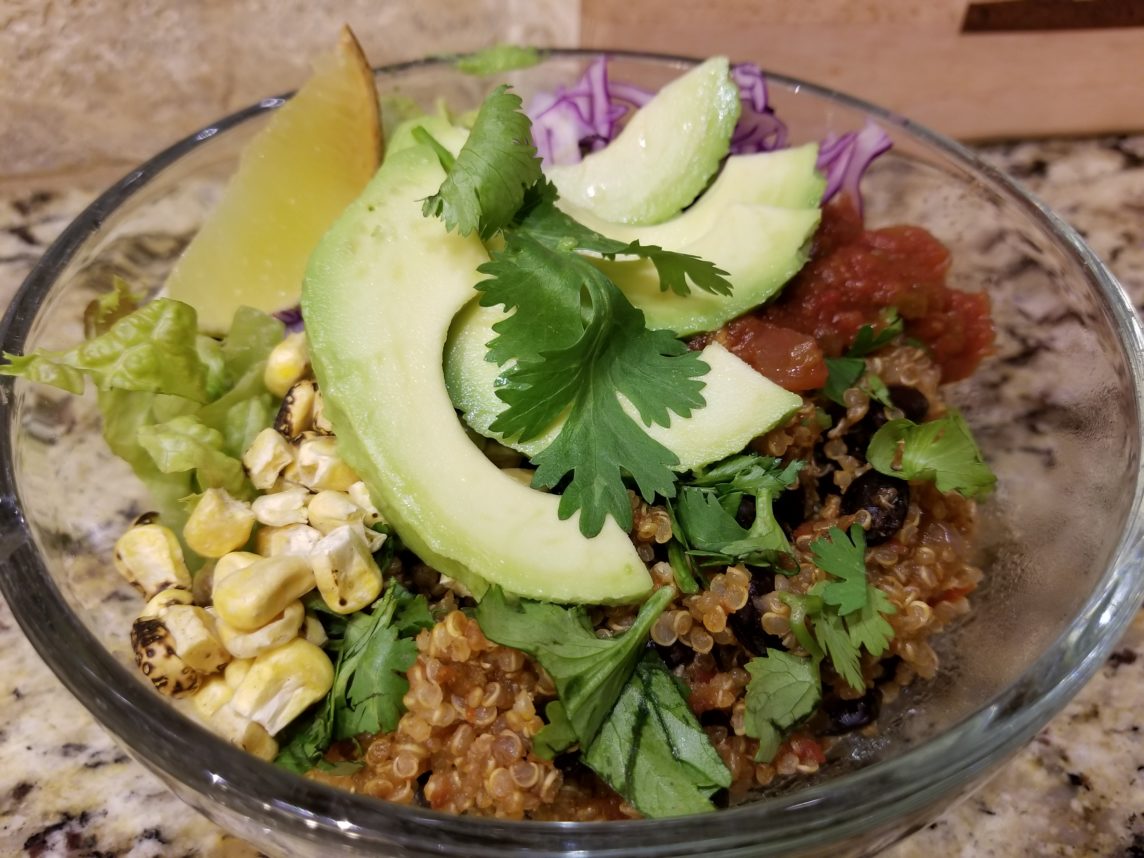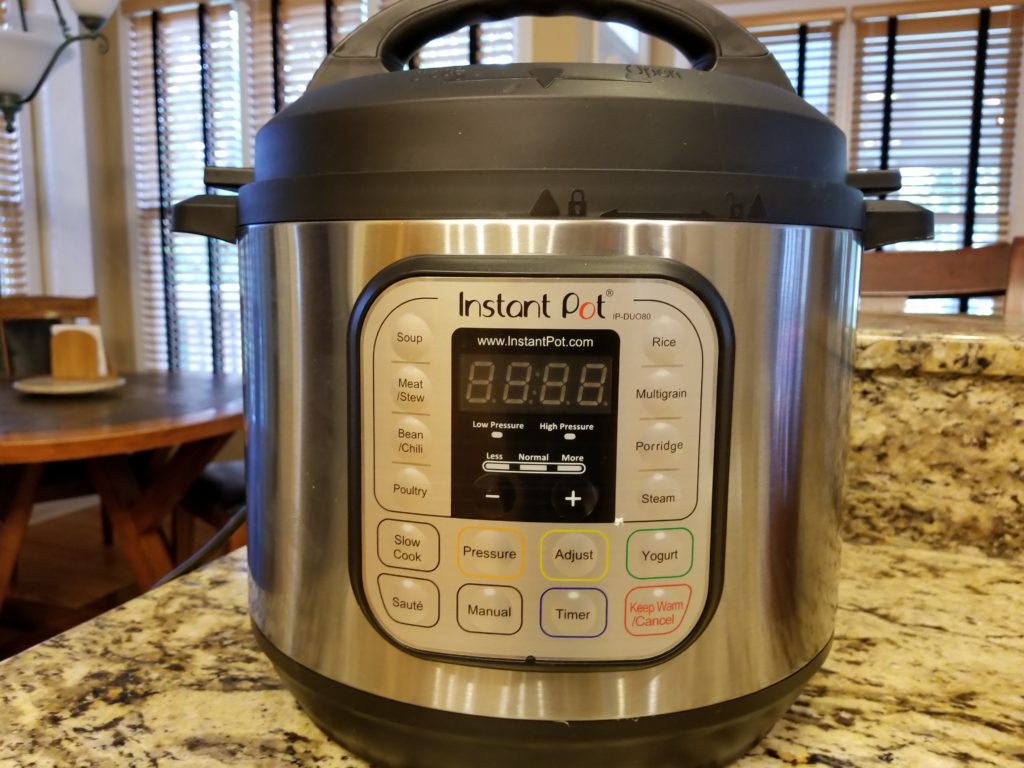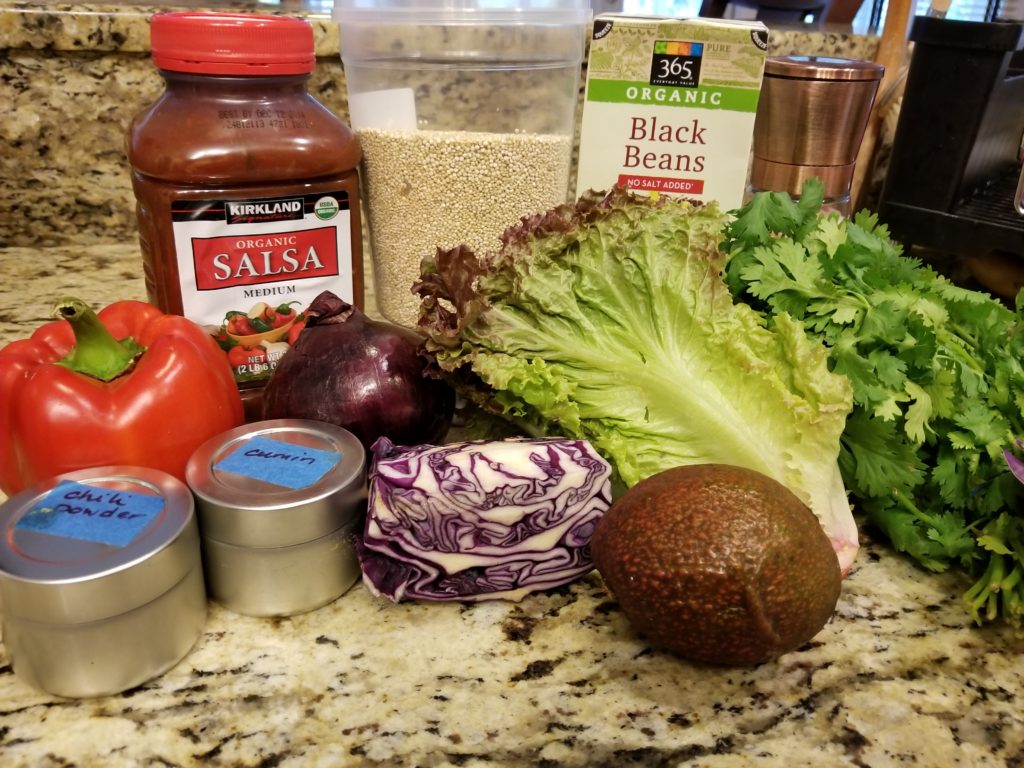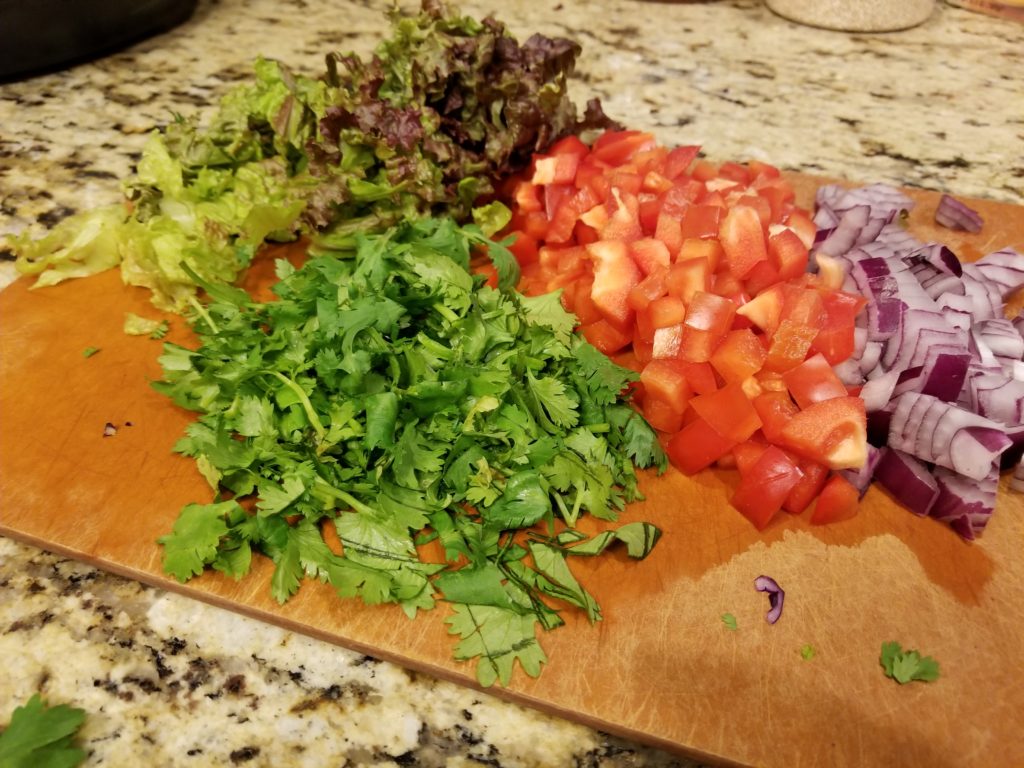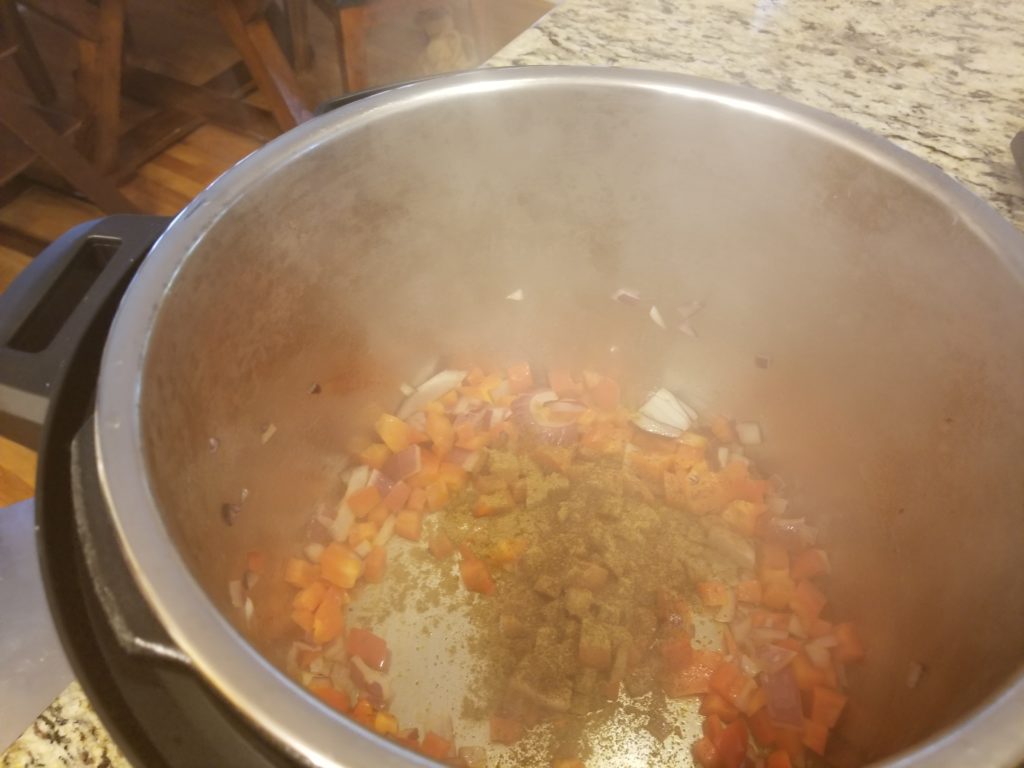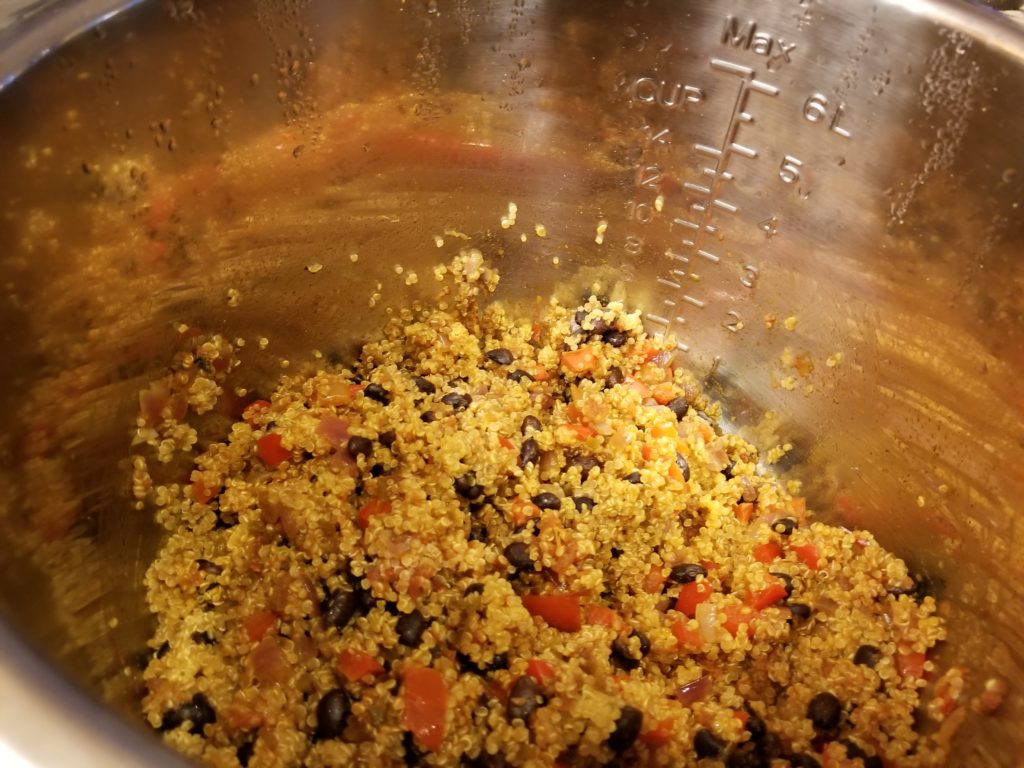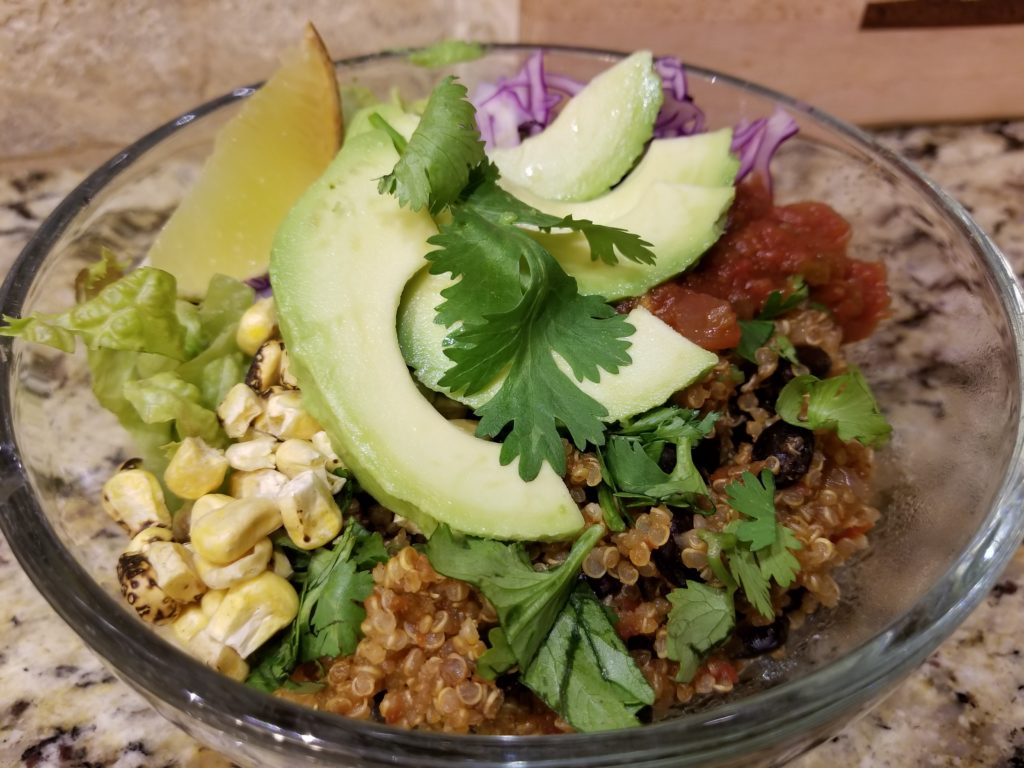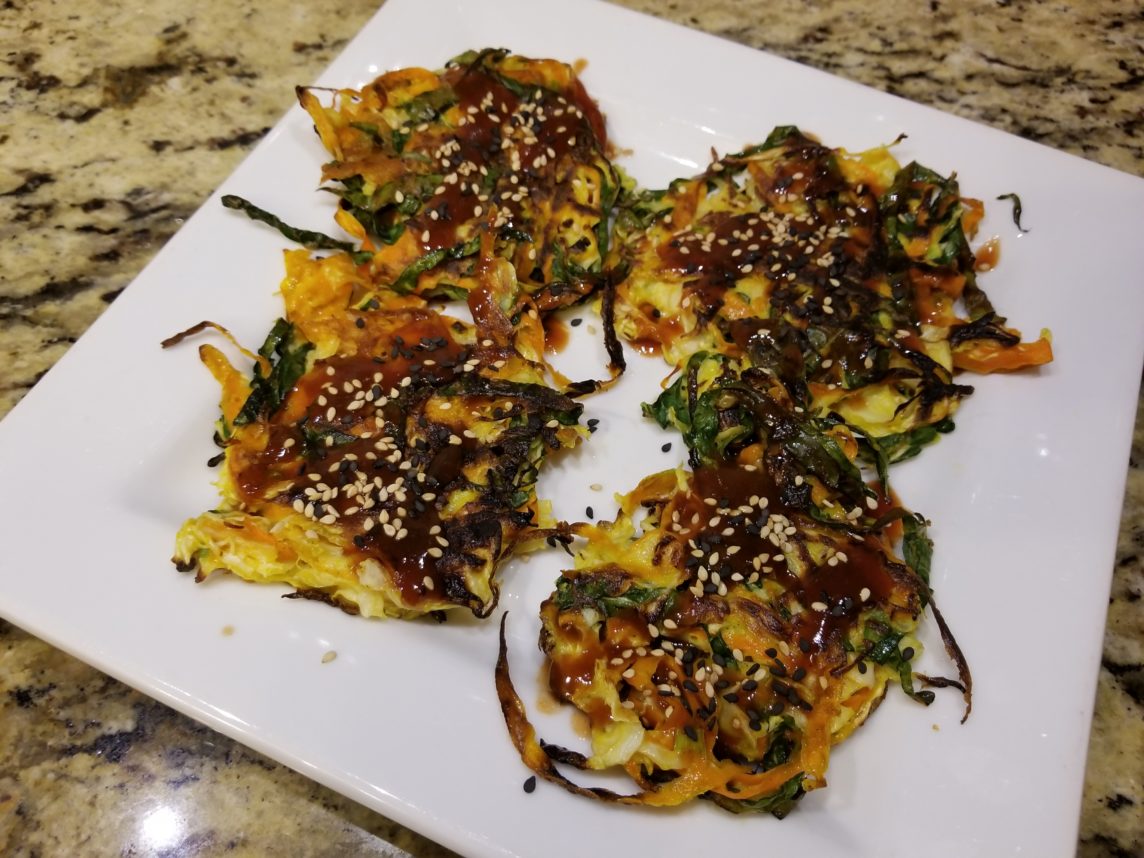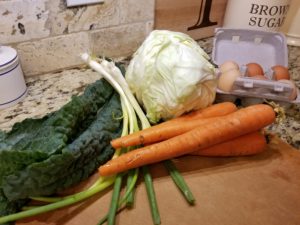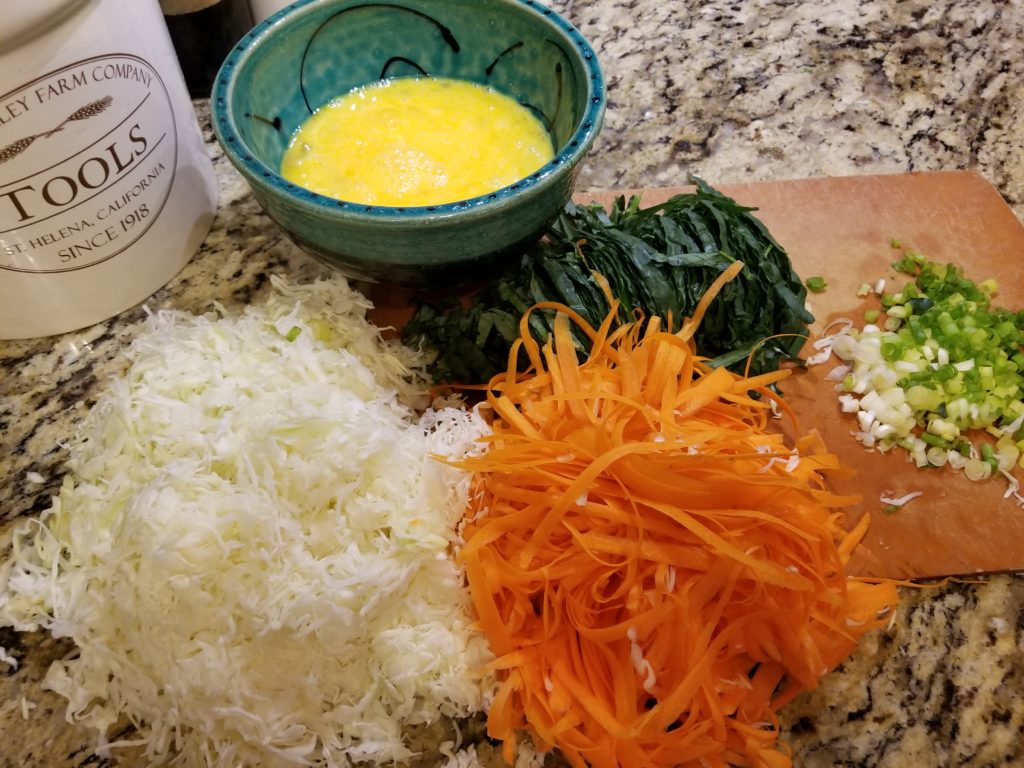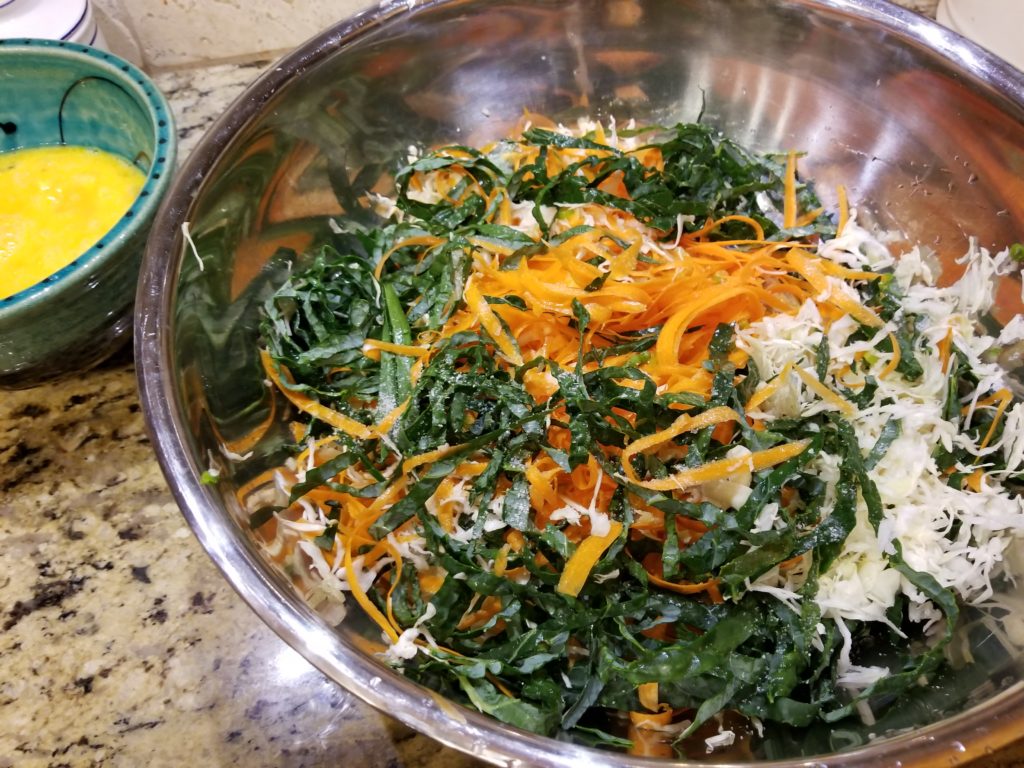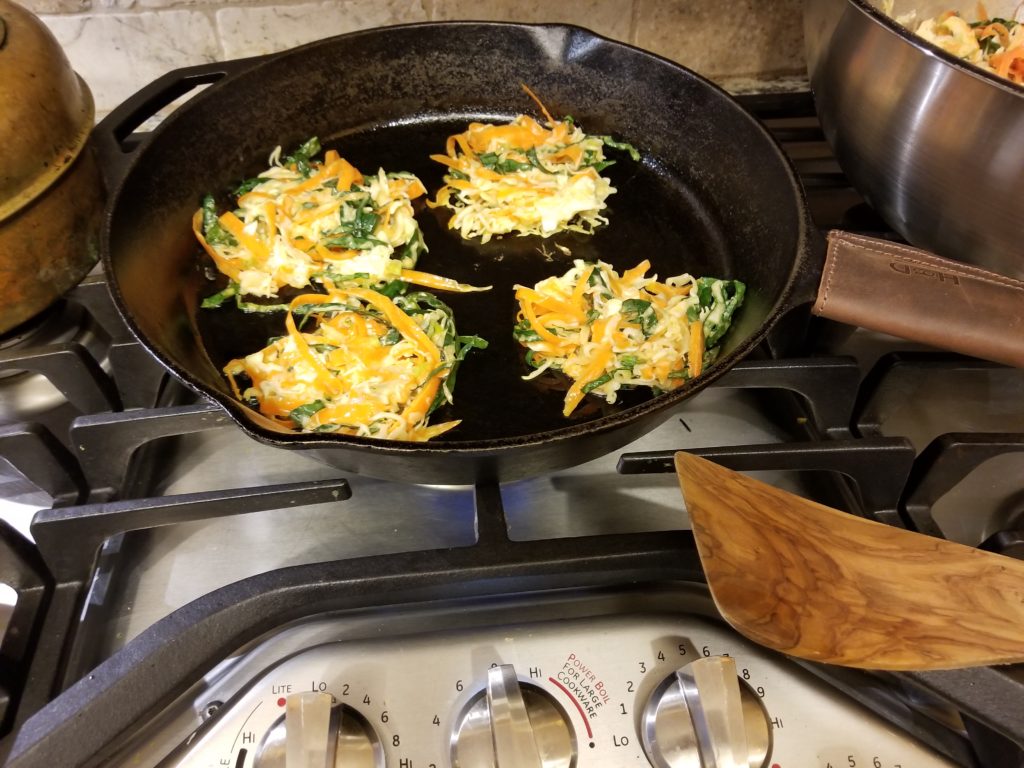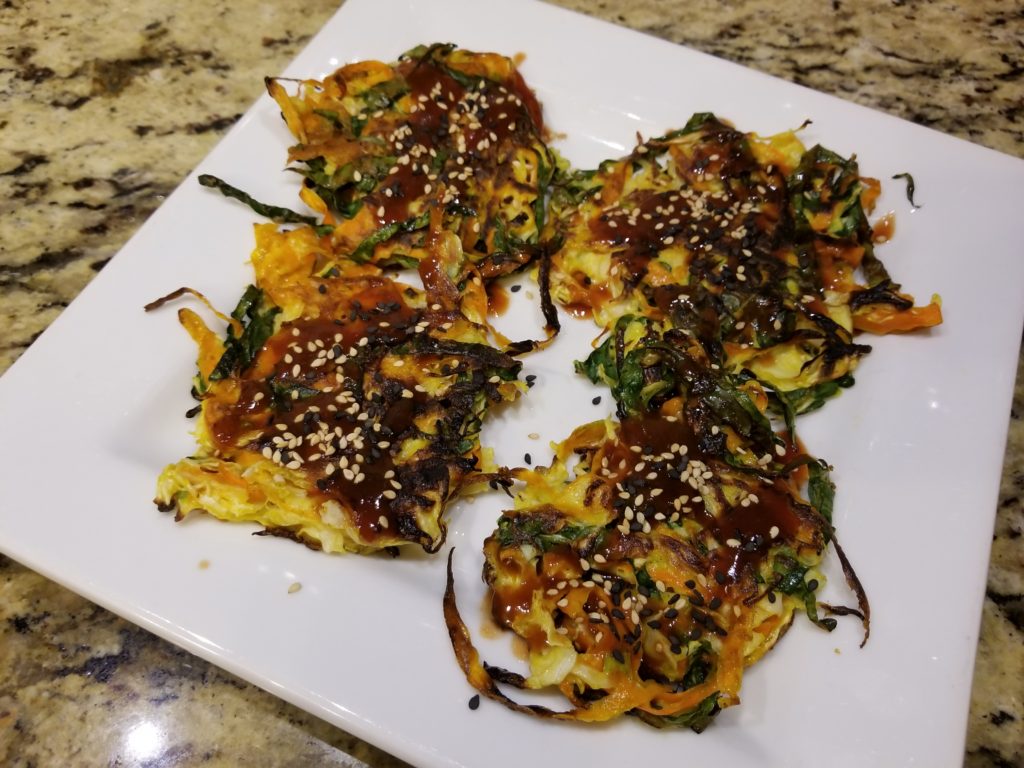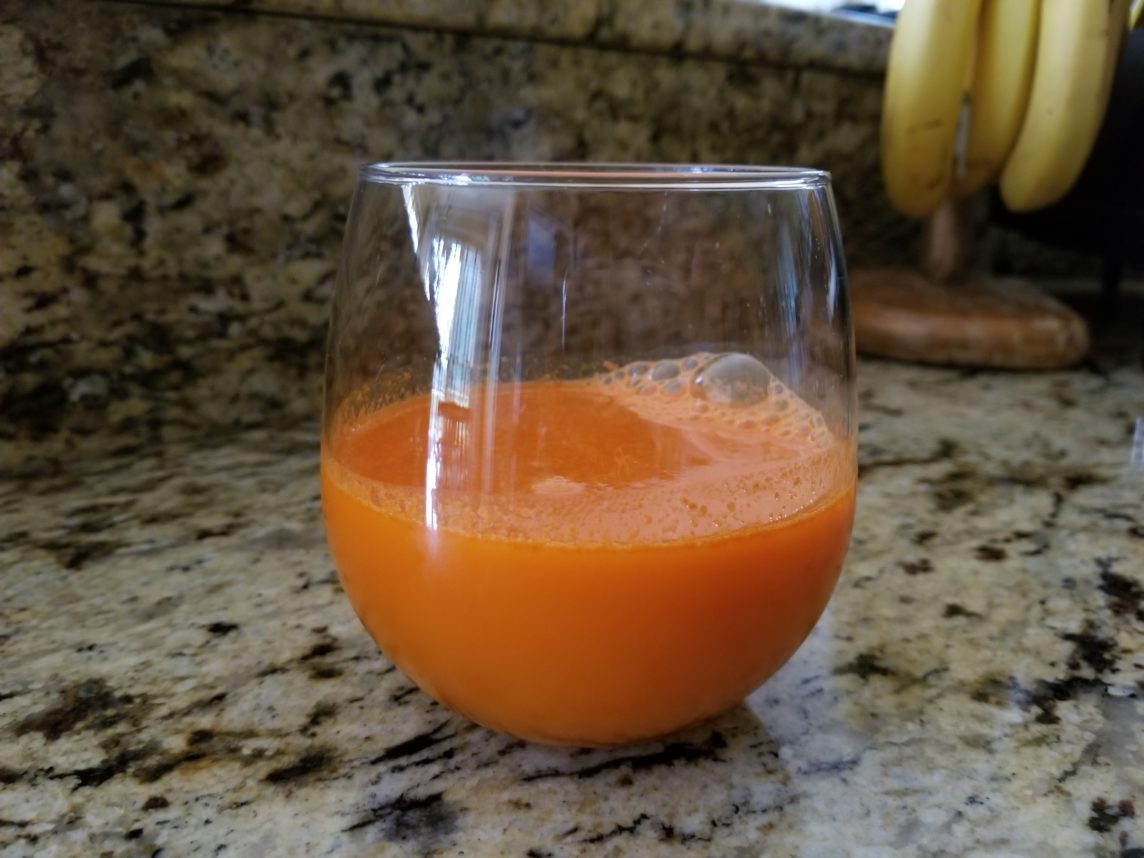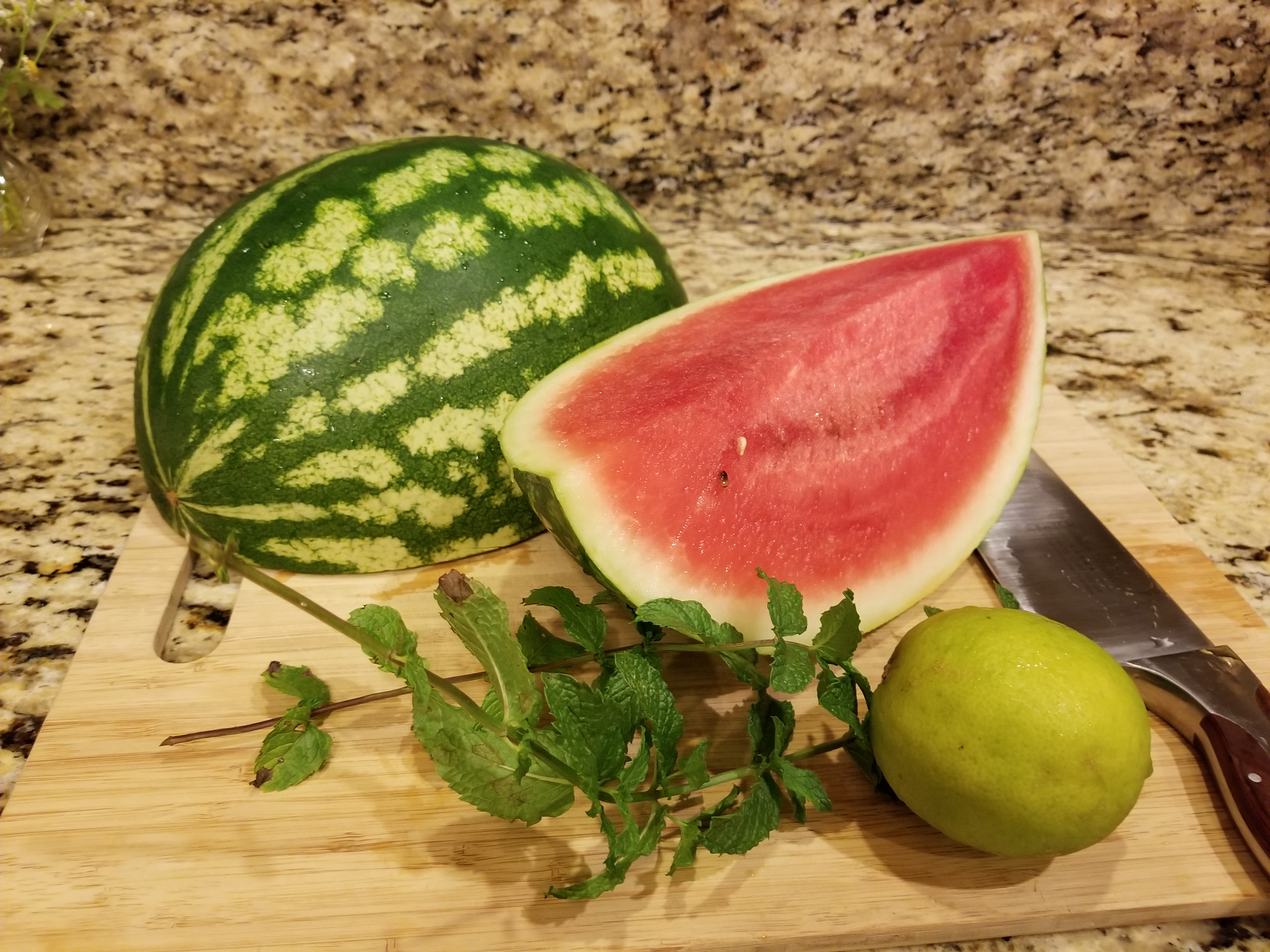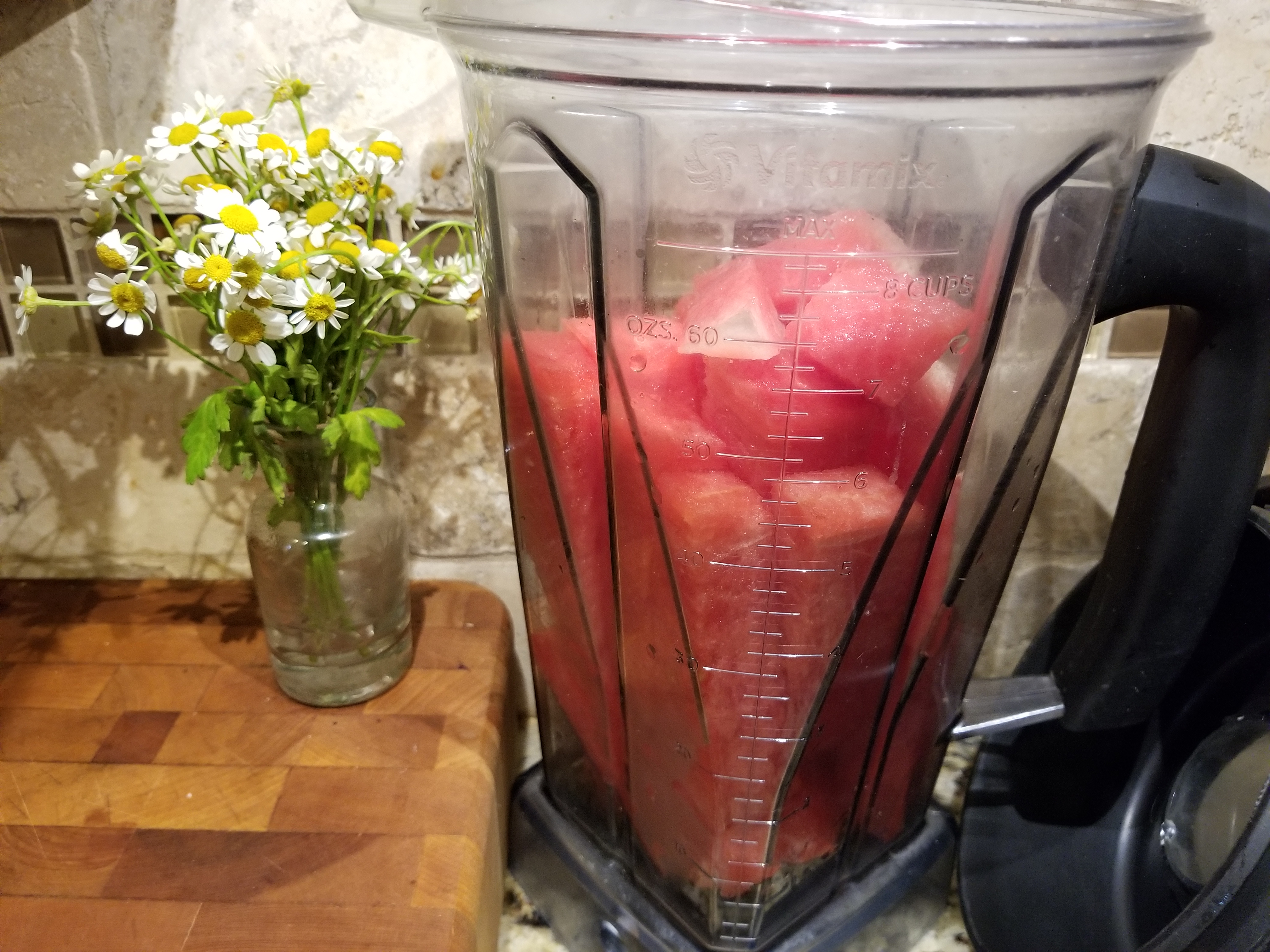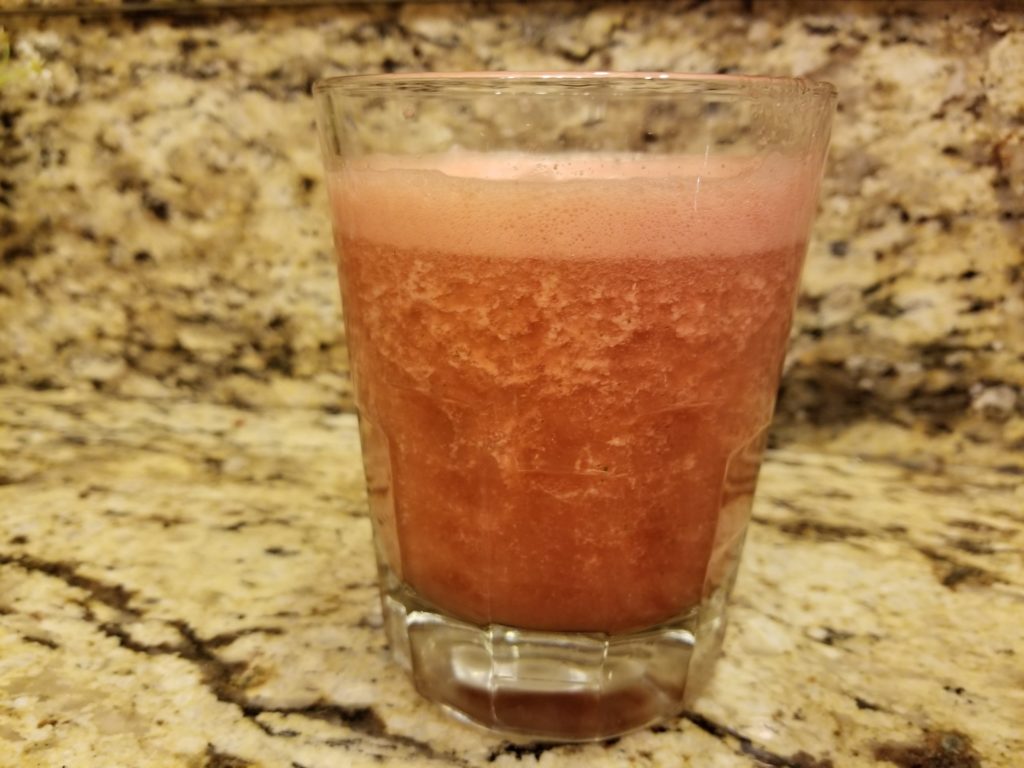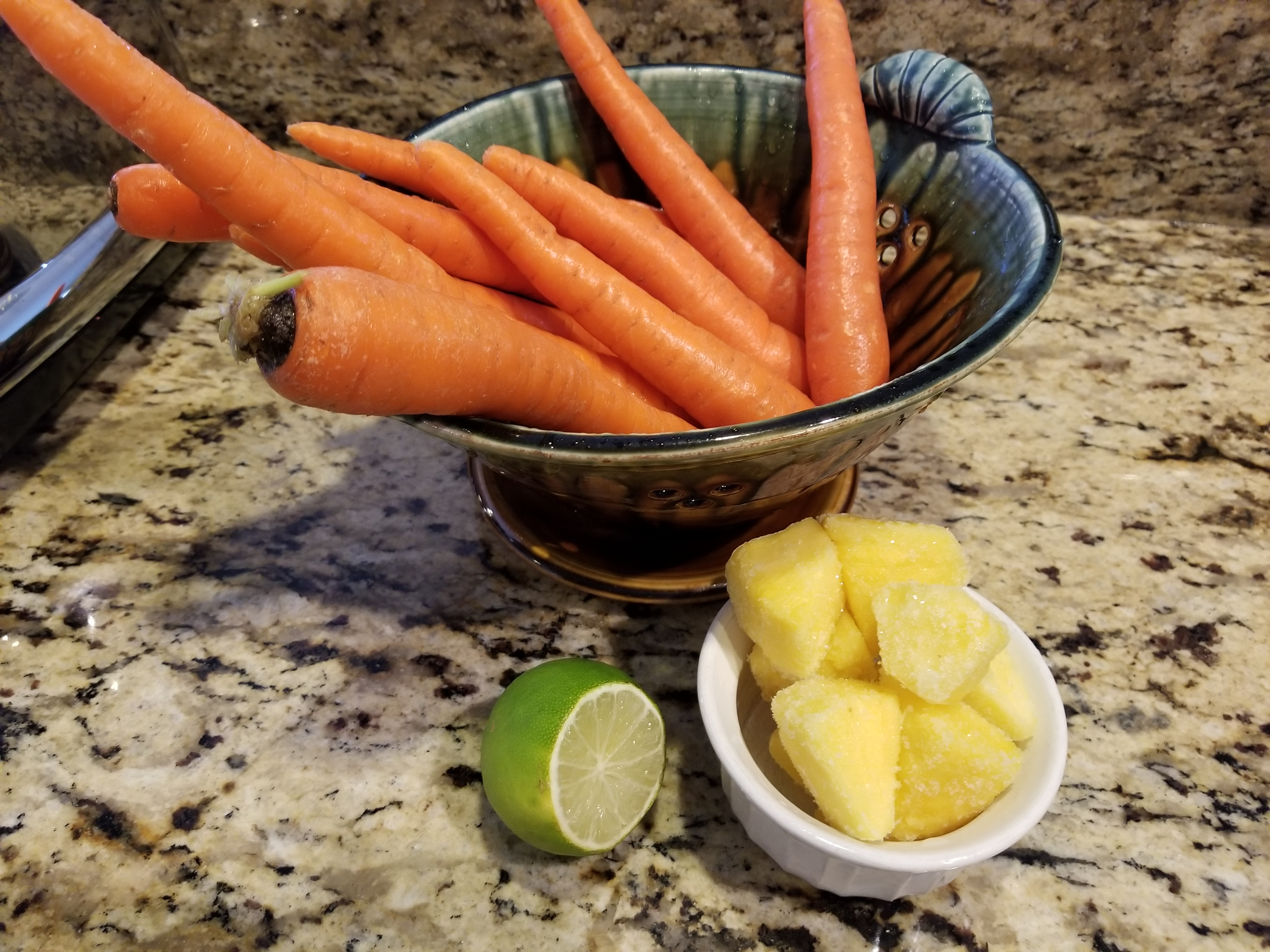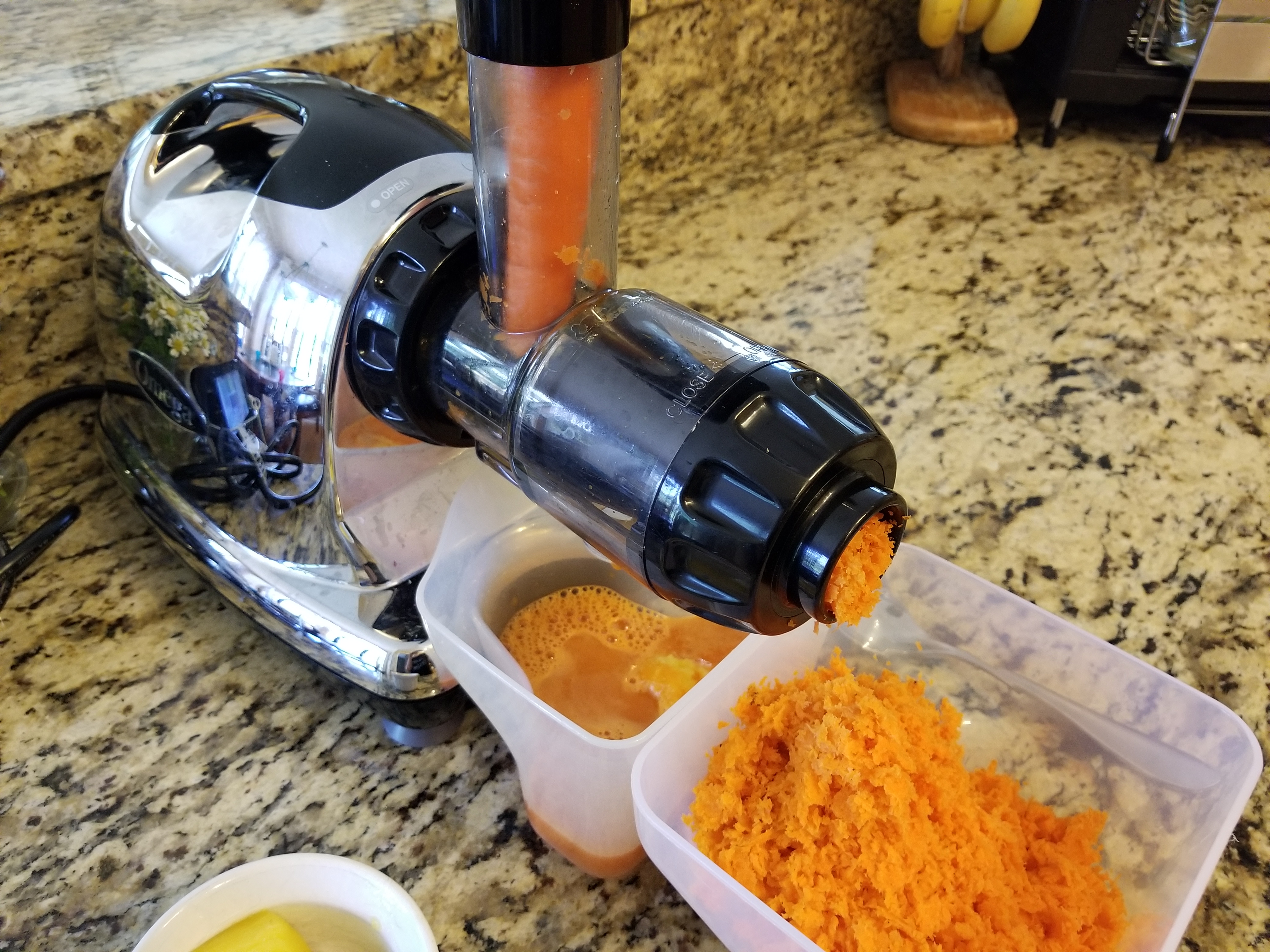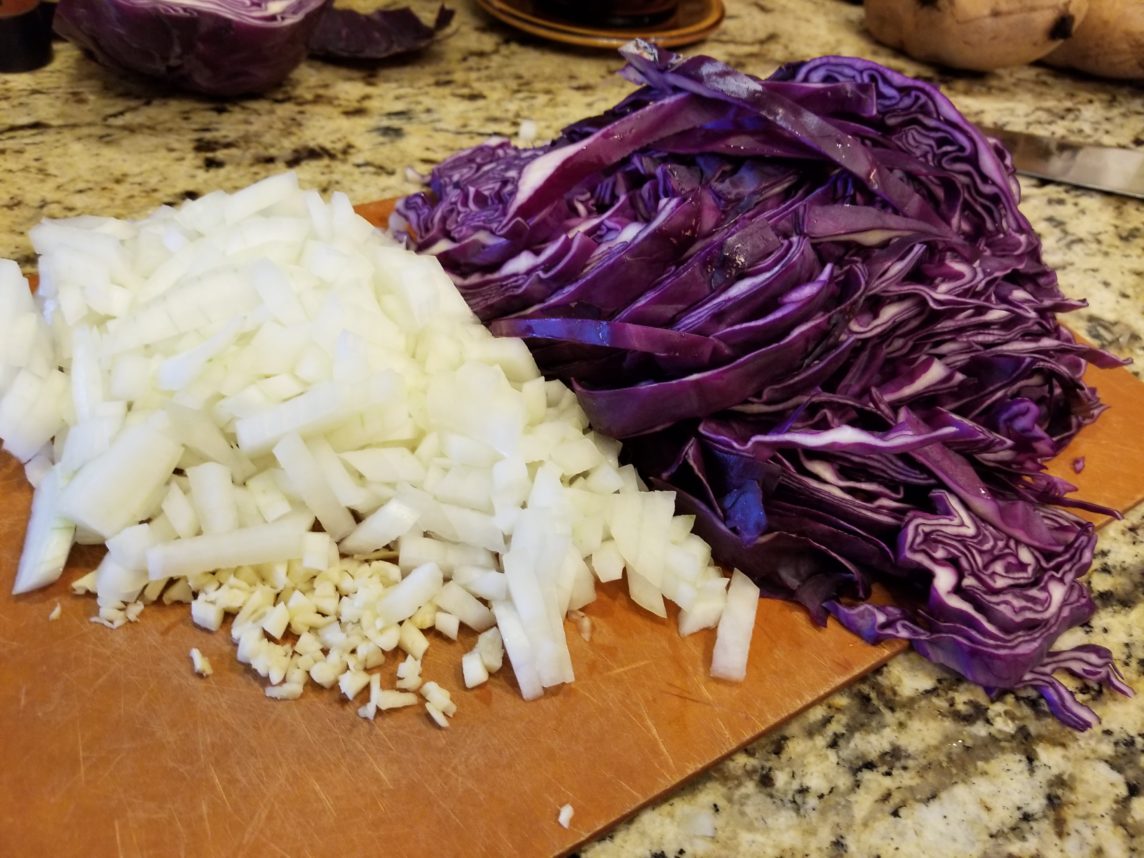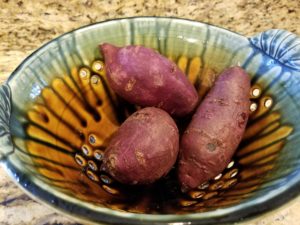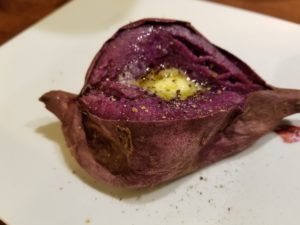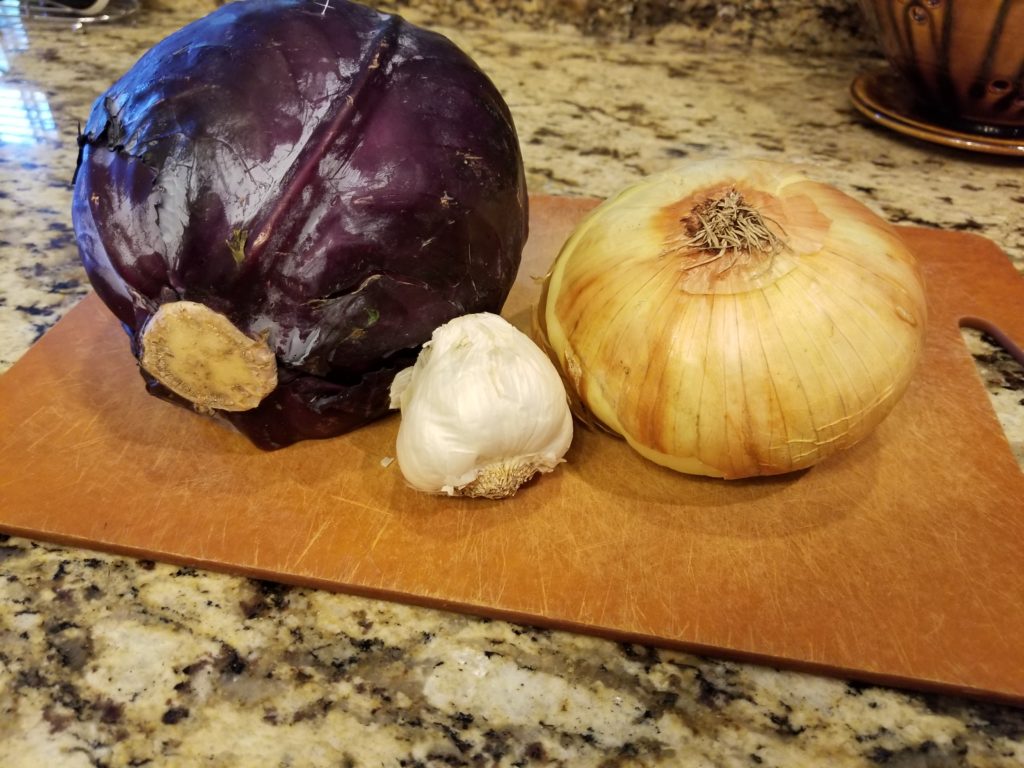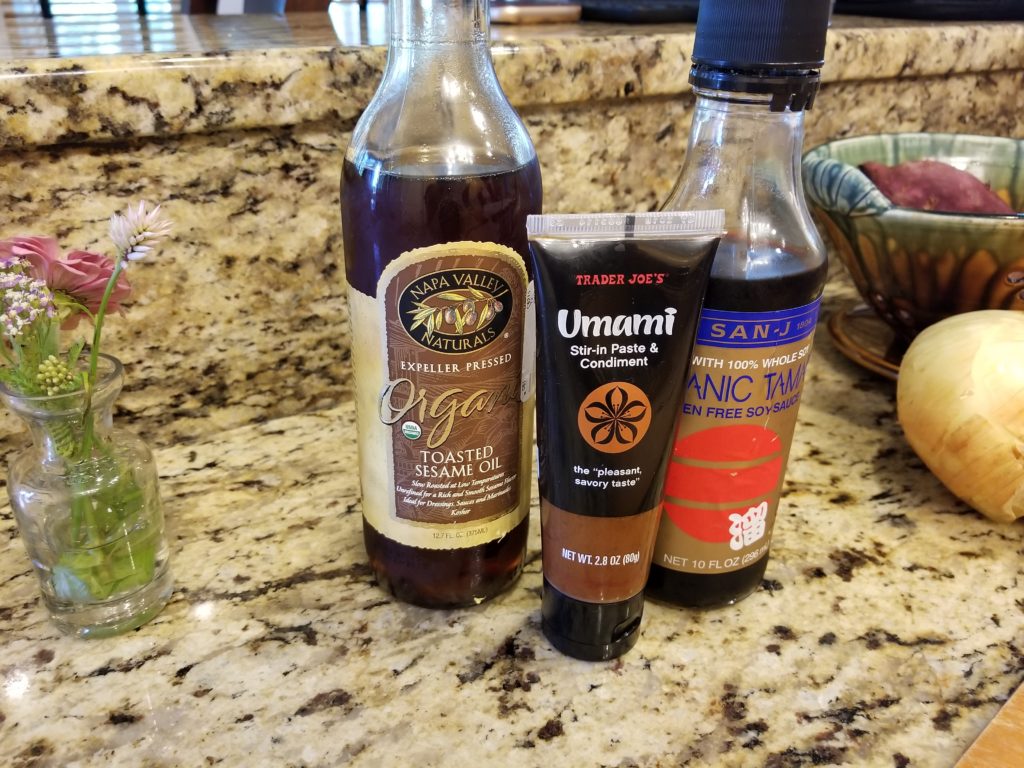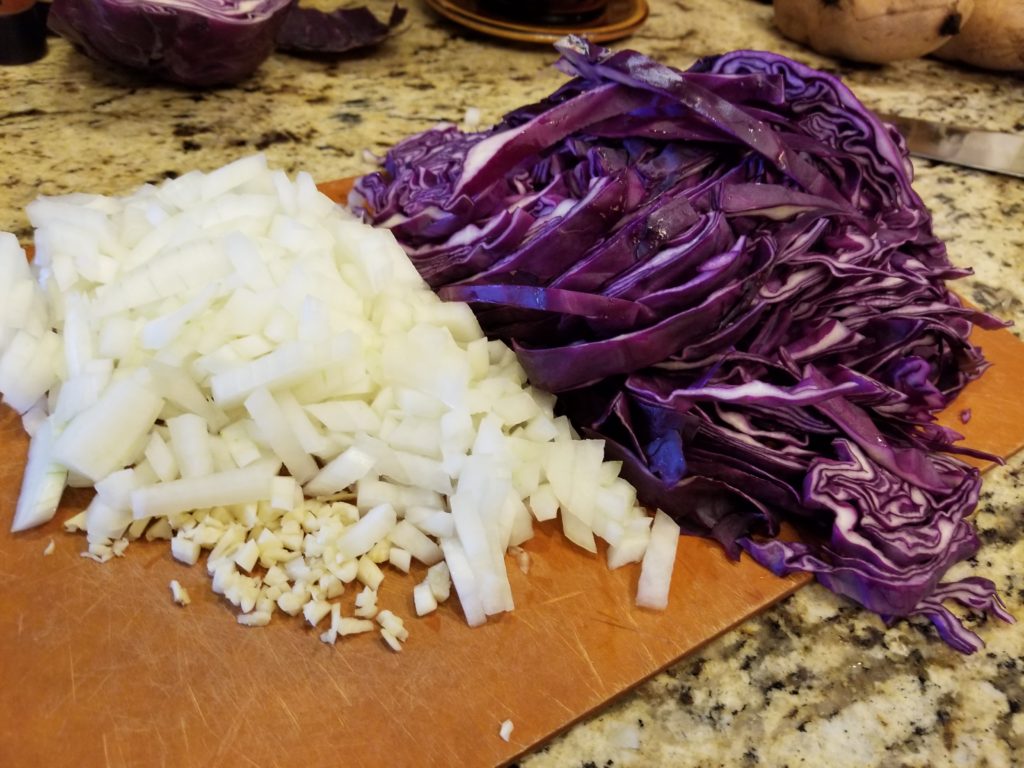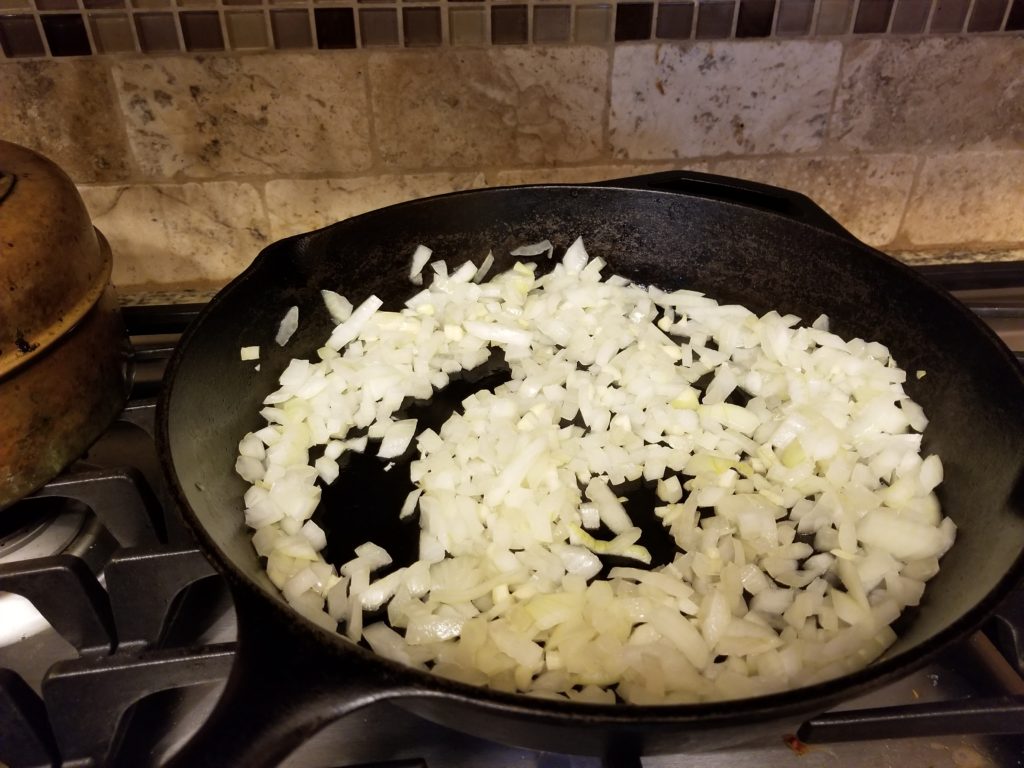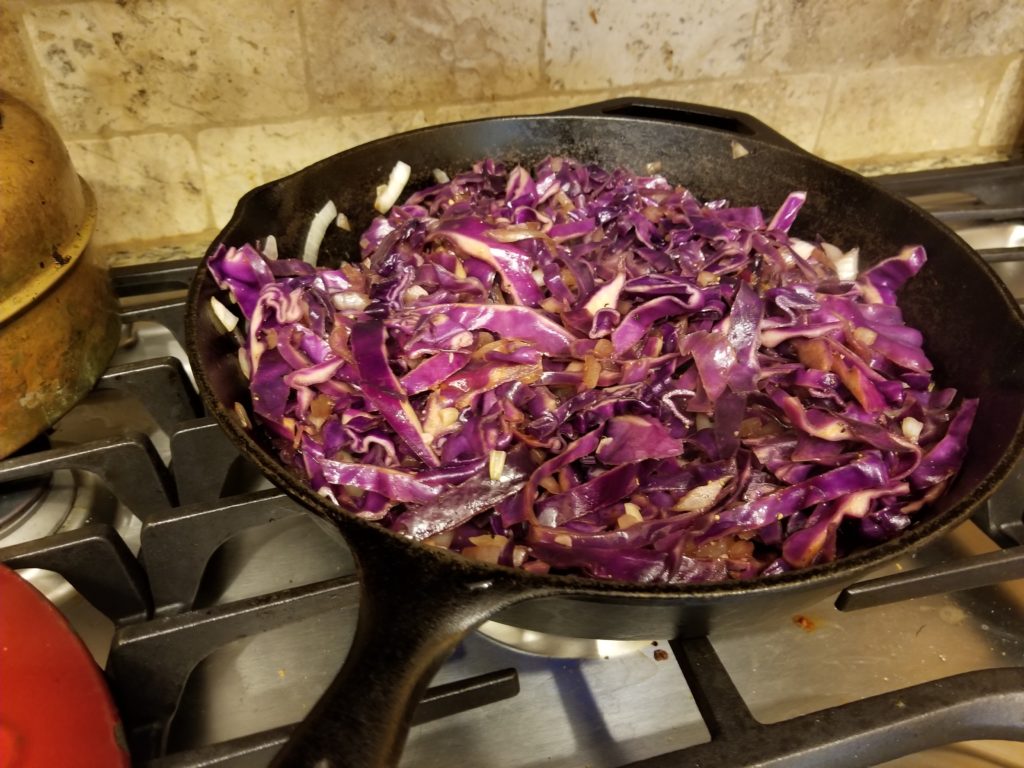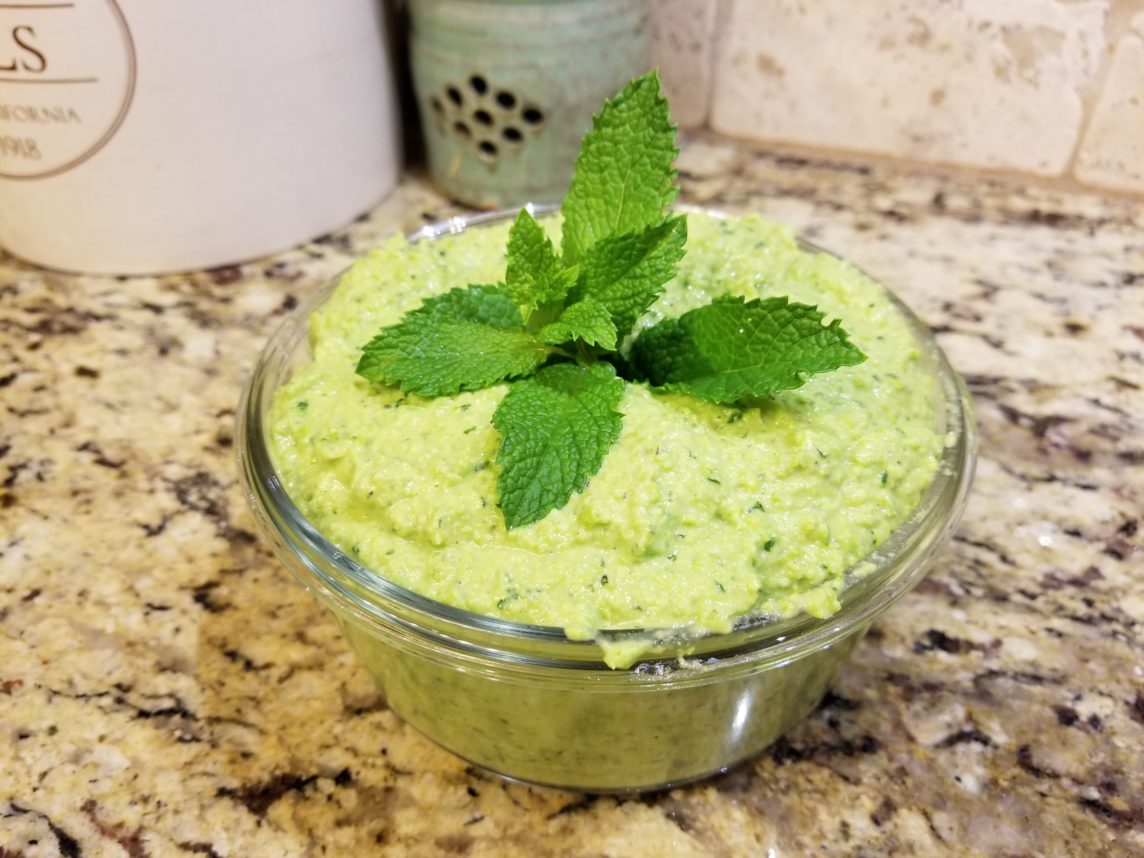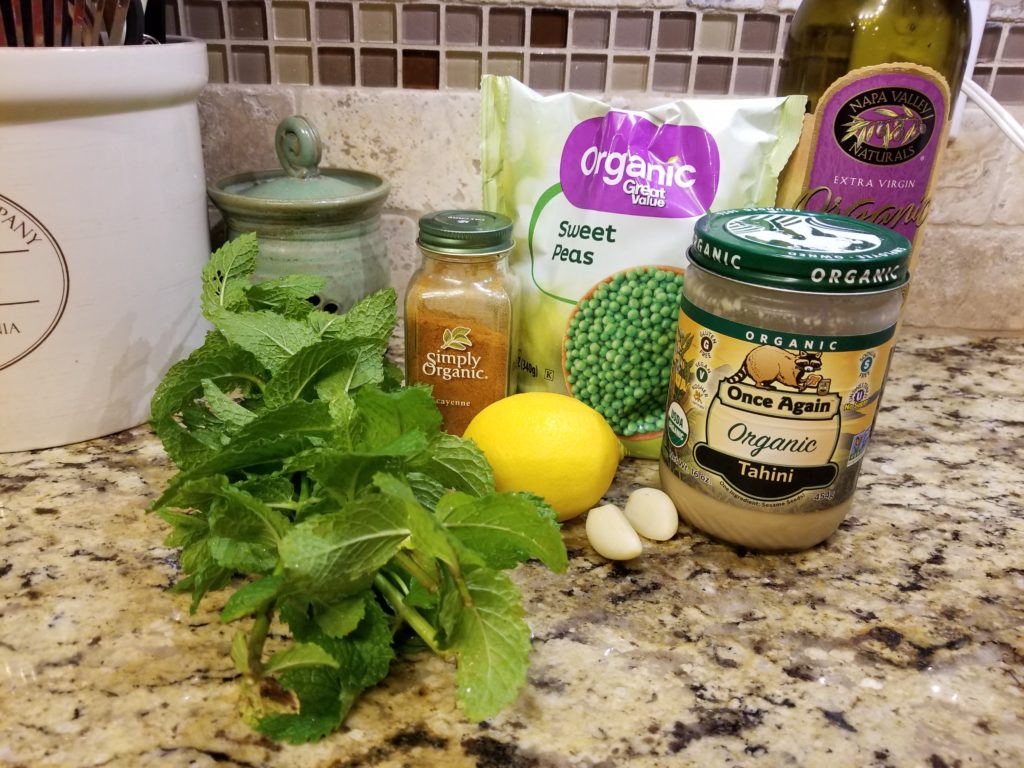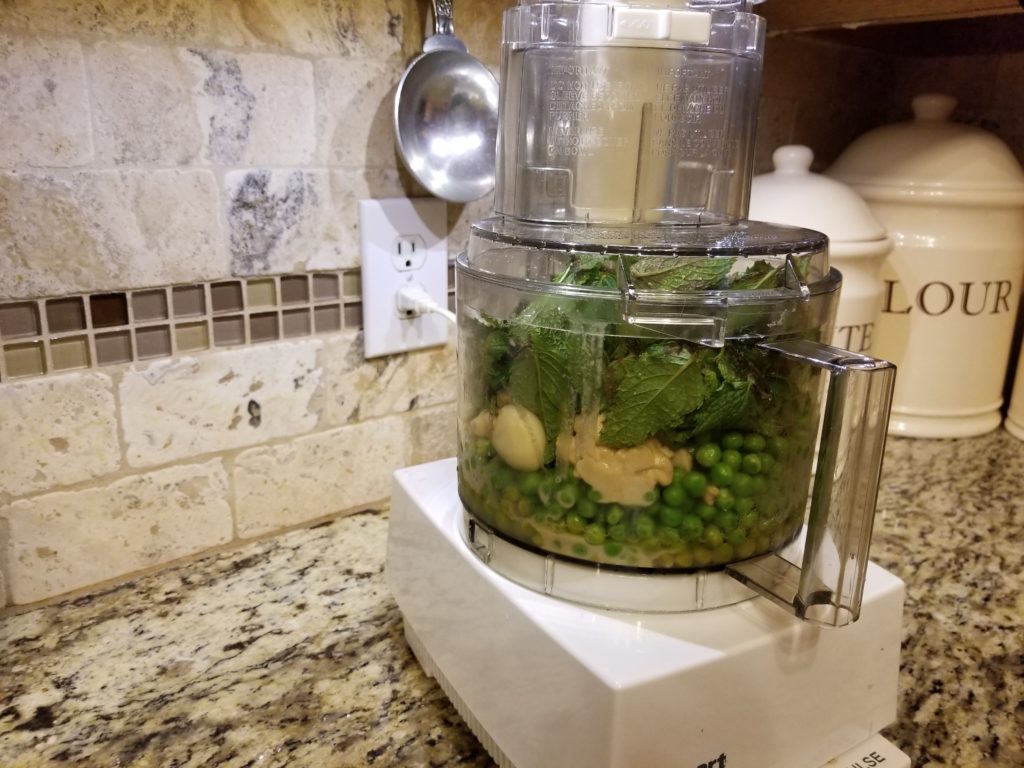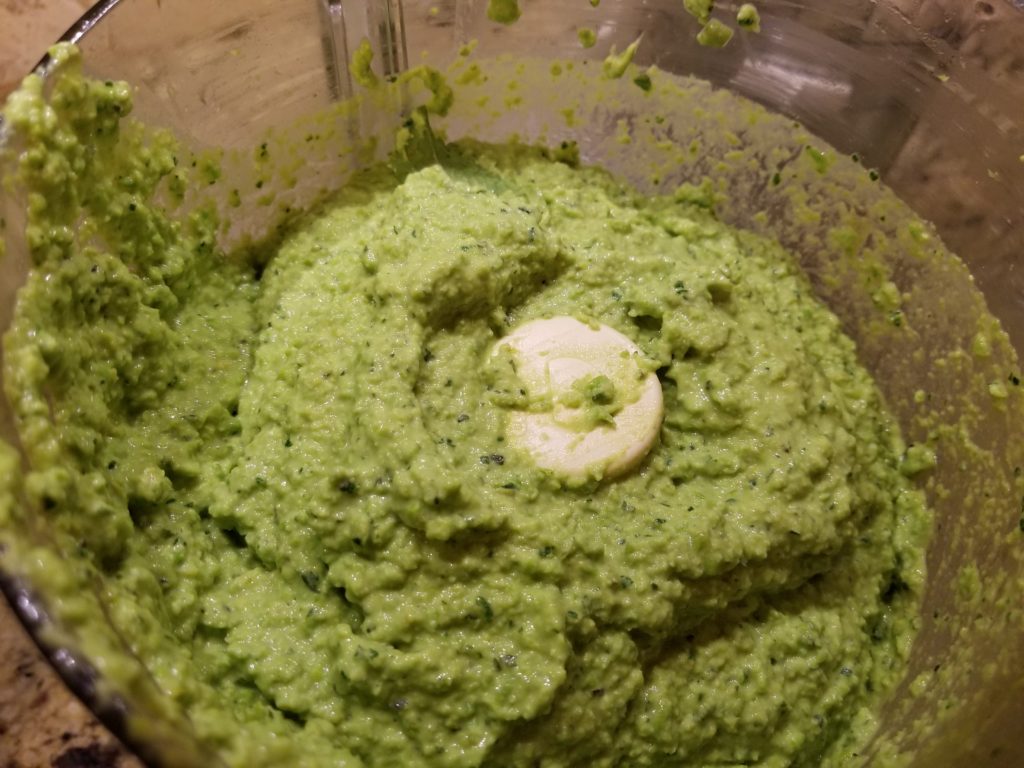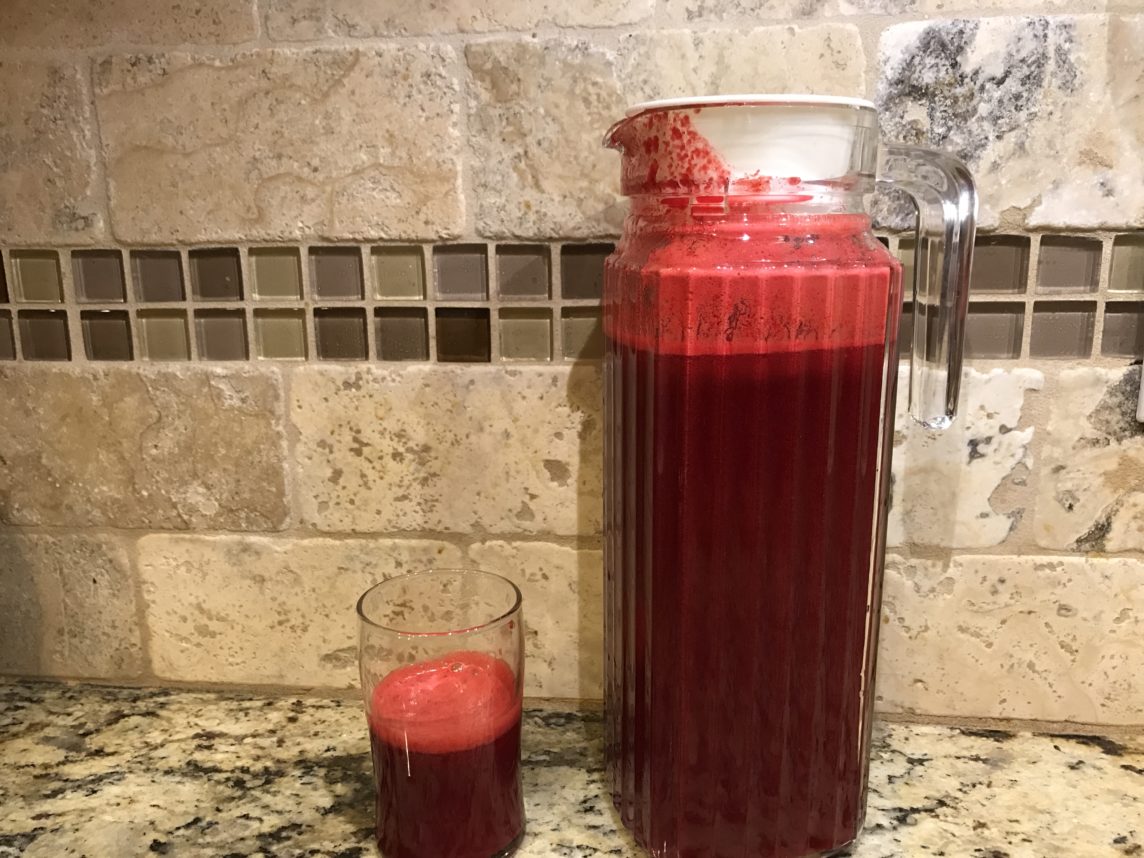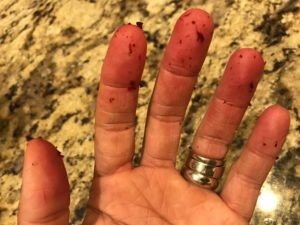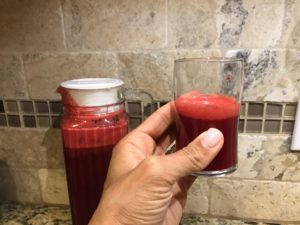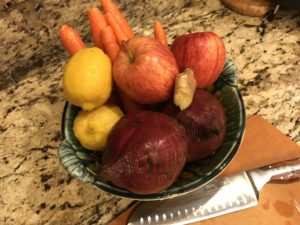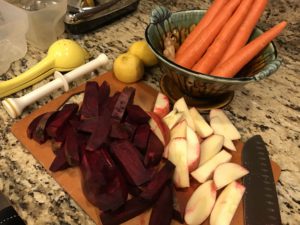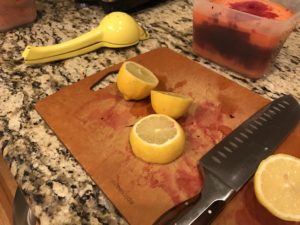This my favorite season of the year: Fall! It’s such a beautiful time, with the colors of the leaves changing, the crisp air in the mornings, the rustle of the leaves of the ground (I always shuffle through the piles on the sidewalk during my walks!). I love when we finally get to cool nights and I can open the windows and turn off the air conditioning. It’s also sweater weather! I think it’s the best when I don’t need to bundle up in a coat, but I can get out my snuggly sweaters and layer up. The kids love it when it’s finally cool enough to have a fire in the fireplace in the evenings. And I can’t forget the delicious flavors of fall! Hot chocolate, spiced apple cider, cinnamon anything, and of course, pumpkin!
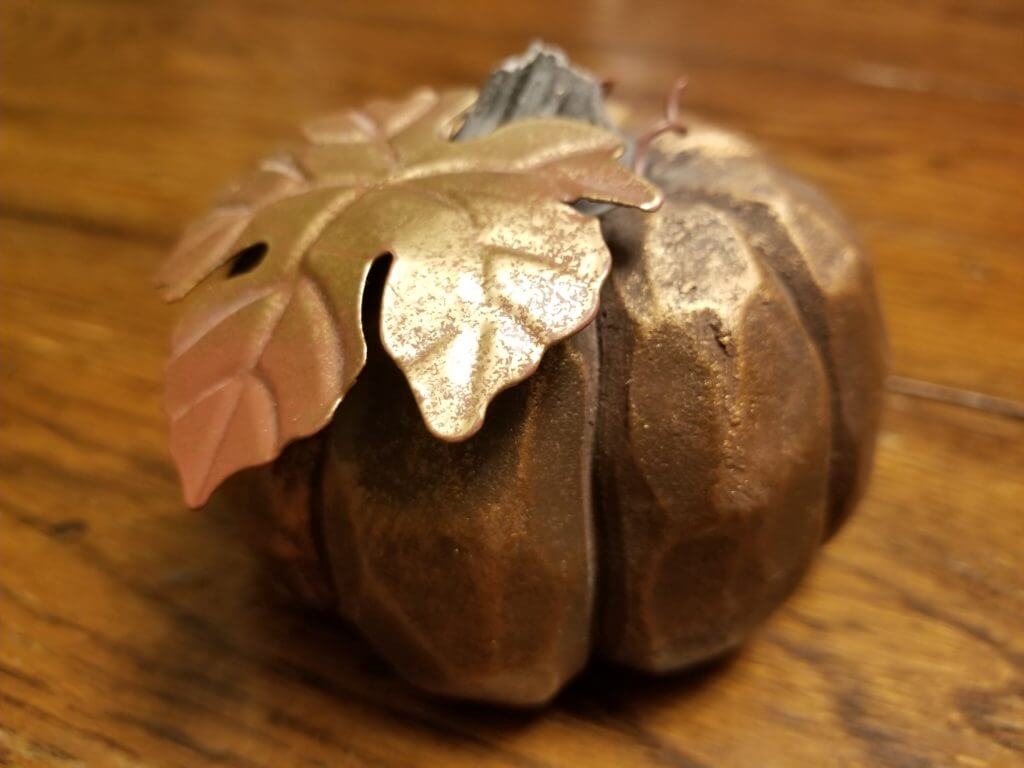
Cute, right?
Now, I’m not going to get into that debate about pumpkin pie vs sweet potato pie – no matter what side you are on, there’s an argument for the other. I like both! But since I eat sweet potatoes all year, and pumpkin only comes around in the fall, I want to feature pumpkin with two recipes that you can make and have your own pumpkin celebration! My girls have been getting into baking and have used up my stash of pumpkin, but fortunately I have just enough left for this season…
So let’s make some pumpkin yummies!
First, we’ll make vegan and gluten free pumpkin bars. I mentioned in the past that my youngest is gluten sensitive, so we bake gluten free or very low gluten around here to avoid the inevitable disappointment that would come if she couldn’t share in the treats. I got this recipe from one of my favorite clean eating recipe sites: detoxinista.com. Her recipes are great when you’re looking to avoid certain foods and get away from processed traditional flours and sugars.
While I was making this one, it seemed like it was going to be a really heavy and dense bar, but it came out moist and delicious! There’s also a delicious dairy free and vegan frosting for the bars which was really good. You’ll never guess what the main ingredient was – go to the link and read her recipe and find out!
Vegan Pumpkin Bars (detoxinista.com)
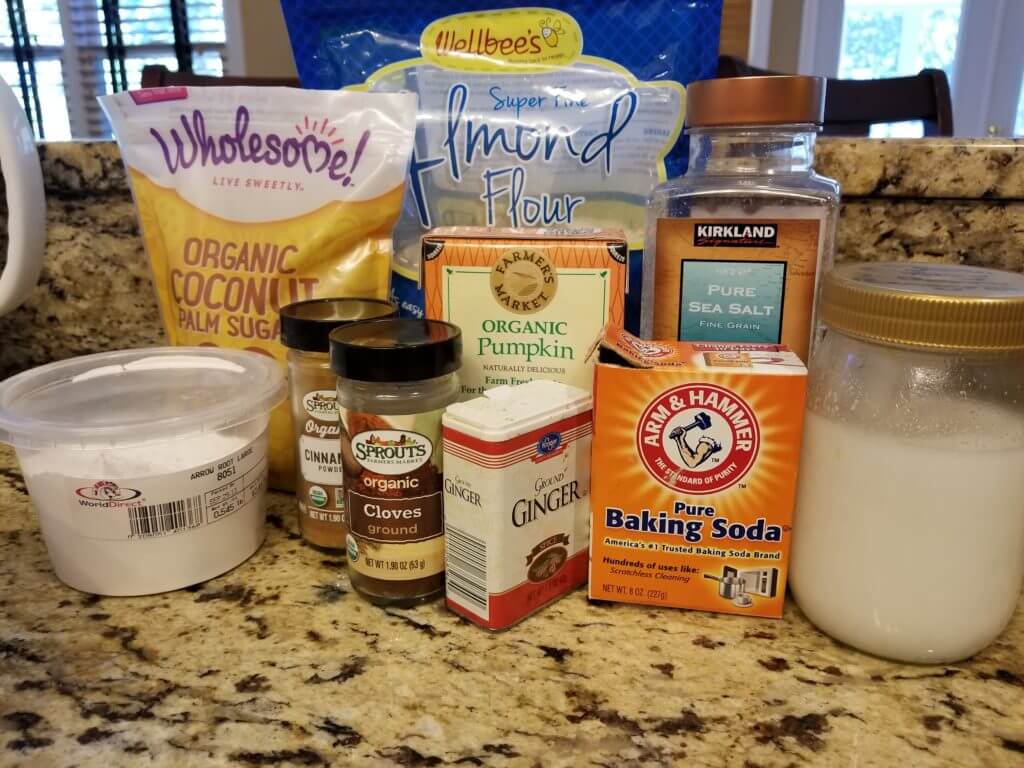
- 2 cups blanched almond flour
- 1/4 cup arrowroot starch
- 3/4 cup coconut sugar
- 1/2 teaspoon baking soda
- 1.5 teaspoons ground cinnamon
- 1/2 teaspoons ground ginger
- 1/4 teaspoon ground cloves
- 1/4 teaspoon fine sea salt
- 1/2 cup pumpkin puree
- 2 tablespoons melted coconut oil
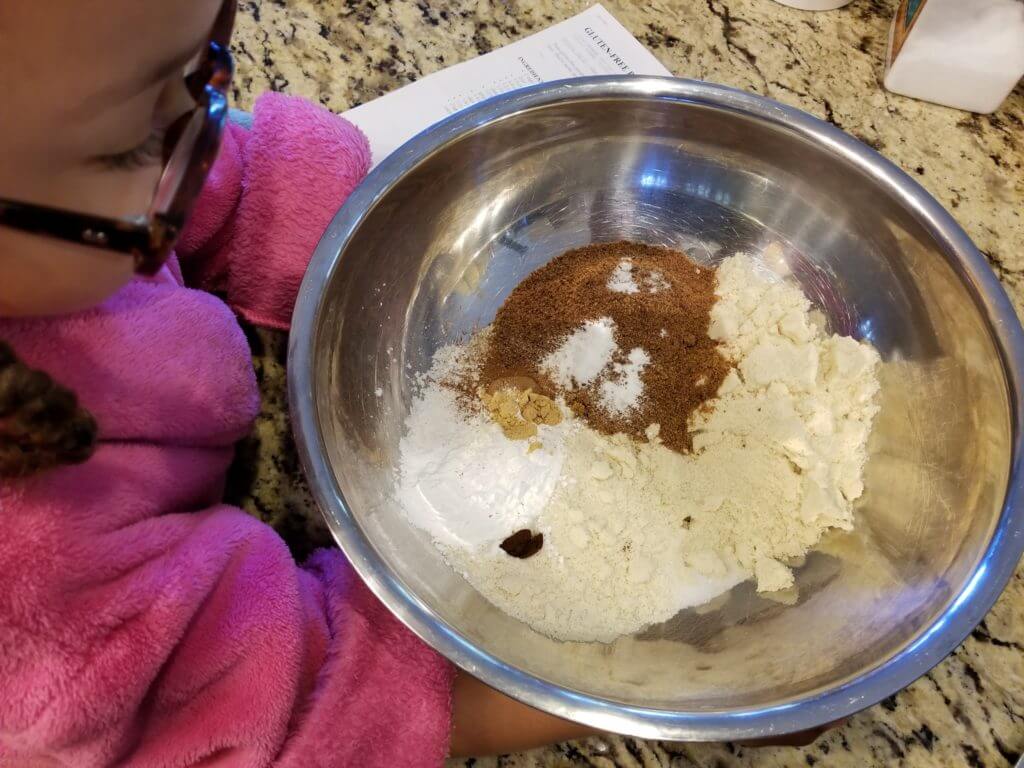
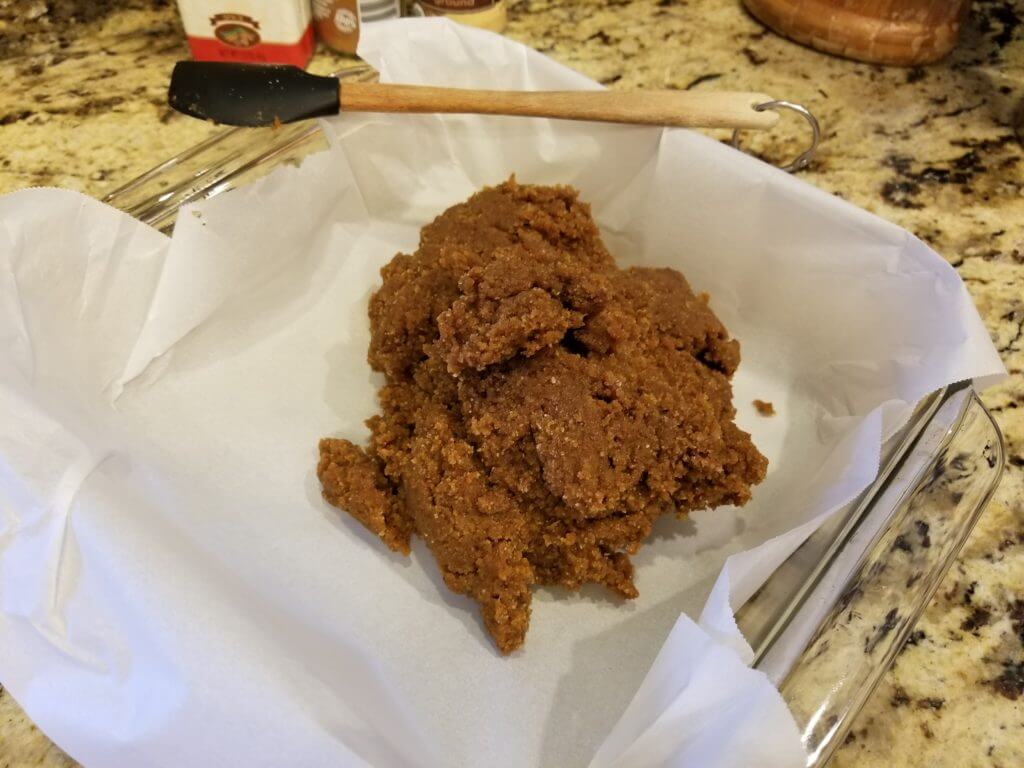
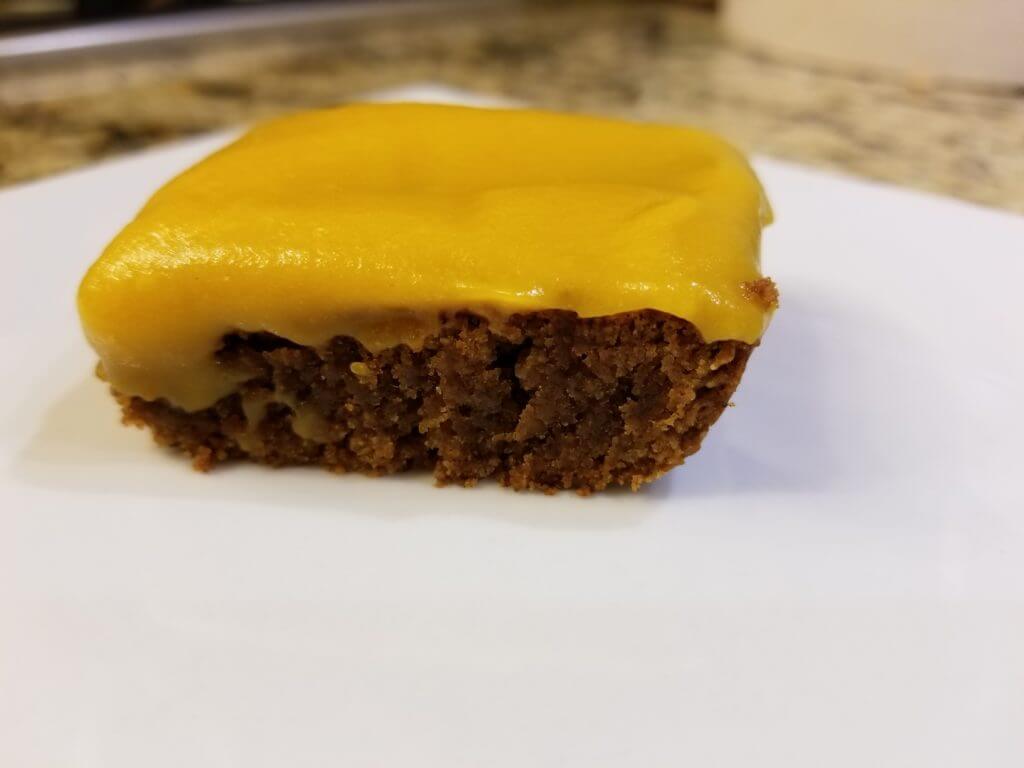
Pumpkin chai smoothie (from PaleoLeap)
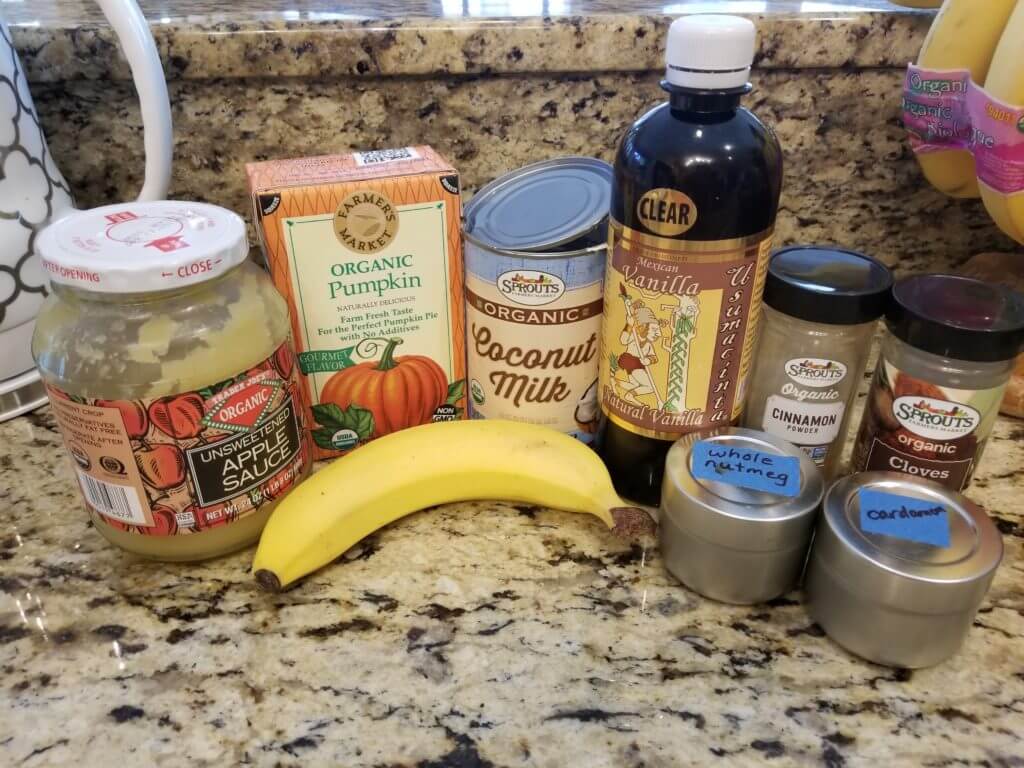
Ingredients
- 1 cup of pumpkin puree;
- 1 cup yogurt or coconut milk;
- ½ cup apple juice or water;
- 1 banana;
- 1 tsp. pumpkin pie spice;
- ¼ tsp. vanilla extract;
- 1 cup of ice;
- Pecans, crushed; (optional)
Now, I made some modifications to this recipe. I like pumpkin more than banana, so I added an extra half cup of pumpkin. Also, this smoothie is a little on the thin side. Think more pina colada and less smoothie. I liked it, but if you want it thicker you can make two more changes. Instead of using ice, chill all your ingredients and cut up your banana and freeze it before blending. When I made this, I didn’t have apple juice, so I used the applesauce and water. This meant it wasn’t as sweet, so I added a little stevia.
Also, you can add a tablespoon or two of almond butter for thickening, protein, and good fat. I also didn’t have pumpkin pie spice, so I used a sprinkle of cinnamon, freshly grated nutmeg, cloves and cardamom (just a pinch!). You can adjust your seasoning to be as spicy as you like!
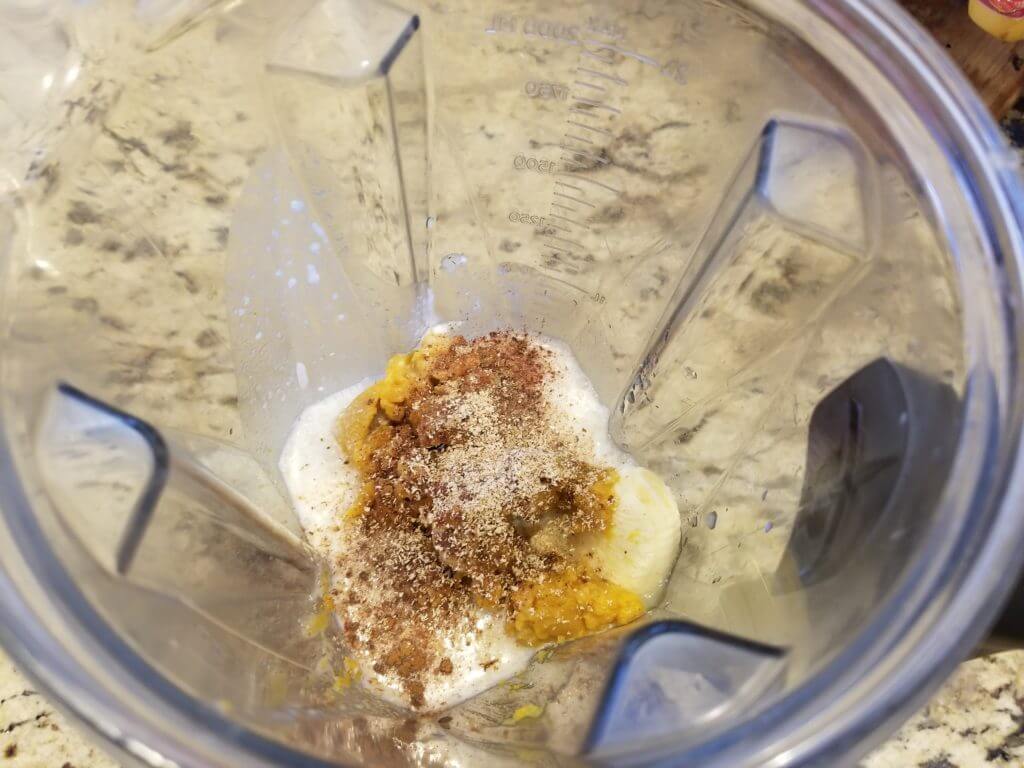
Instructions:
Blend everything together and add more spice as you like. Top with pecans, coconut whipped cream or a sprinkle of cinnamon and enjoy!
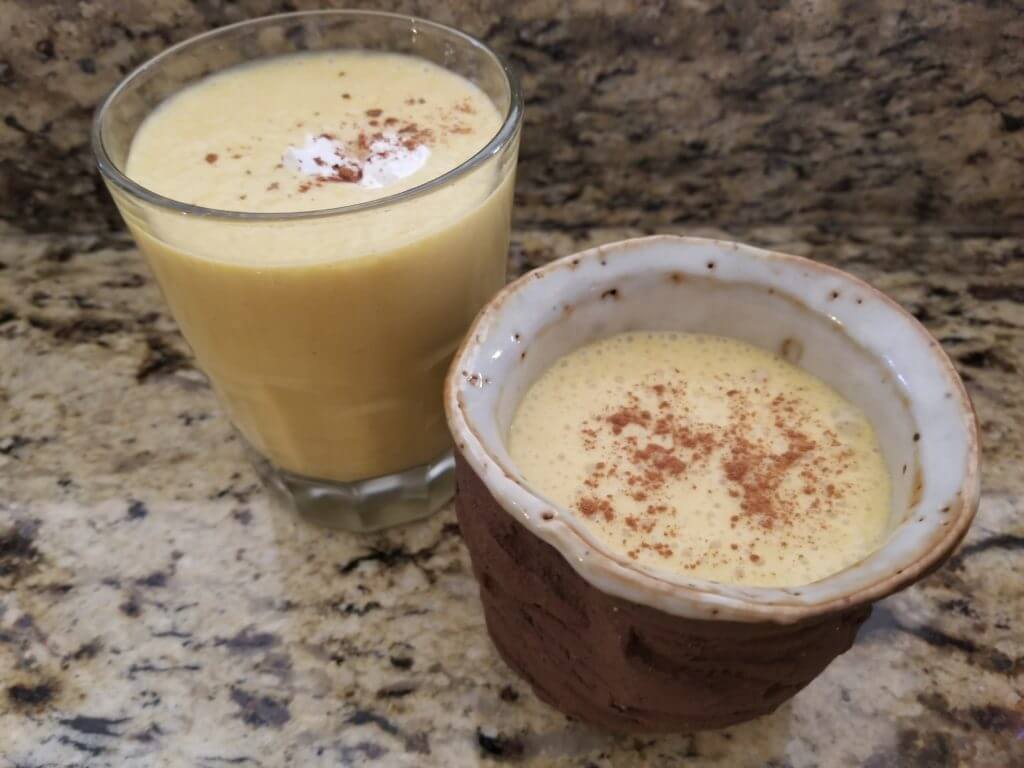
Enough to share!
What are your favorite fall recipes? Any specialities for Thanksgiving? Please share in the comments below!

